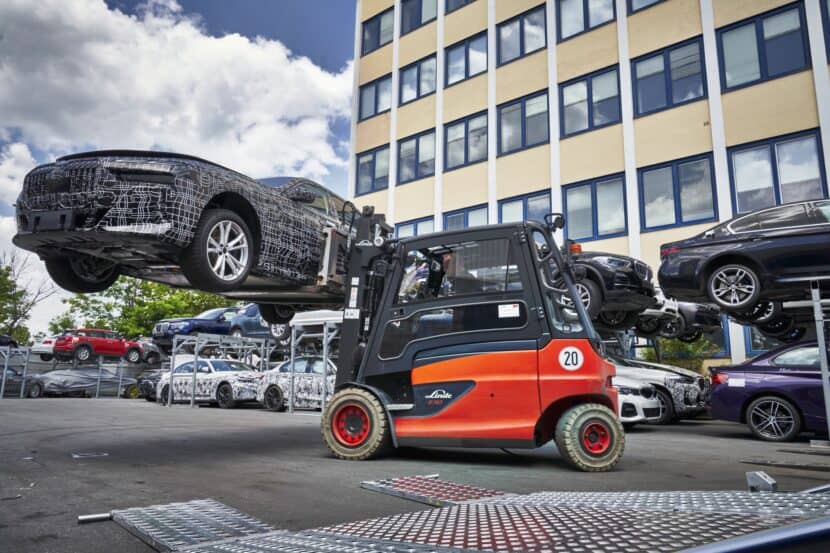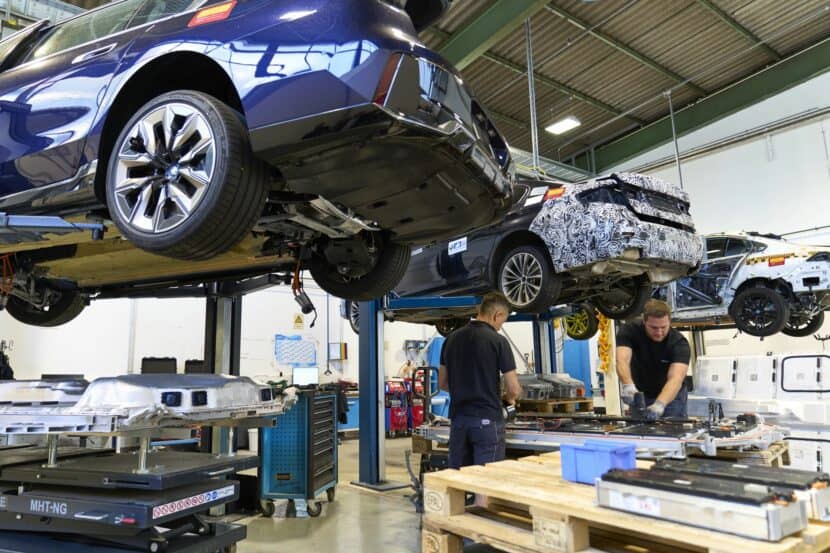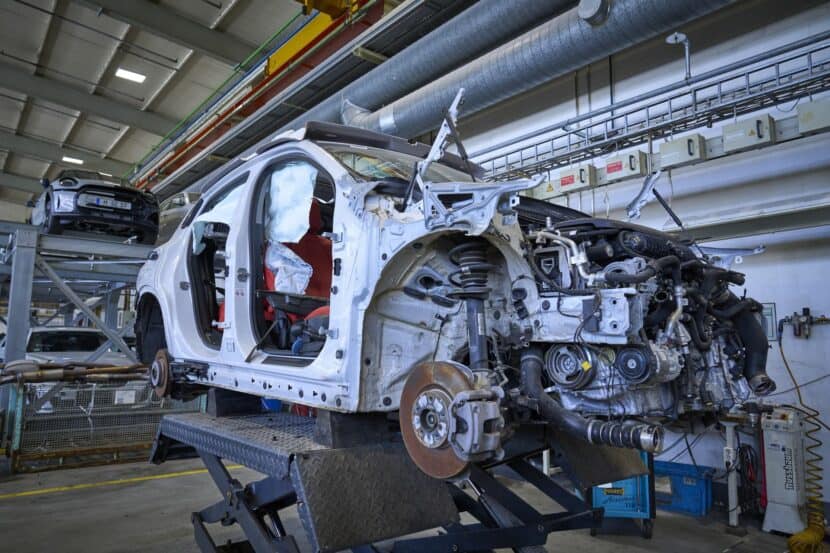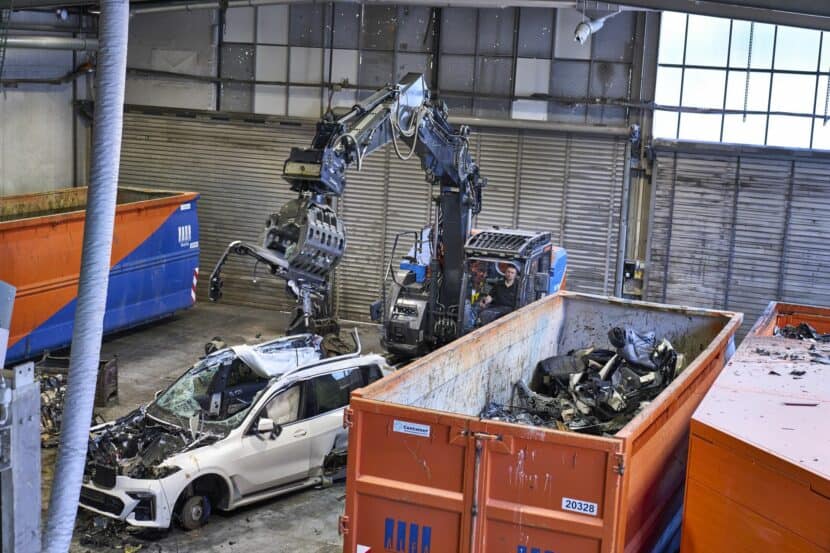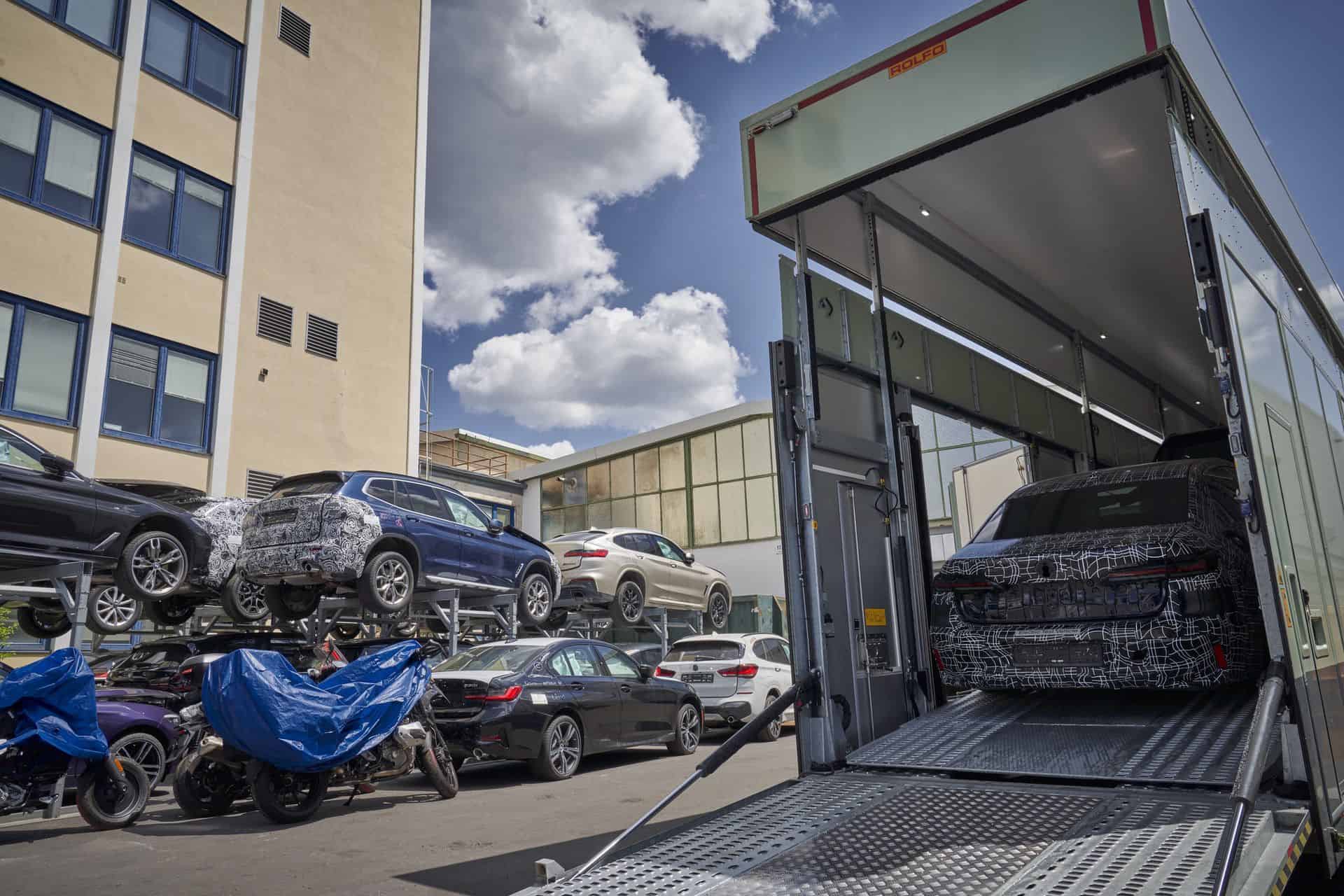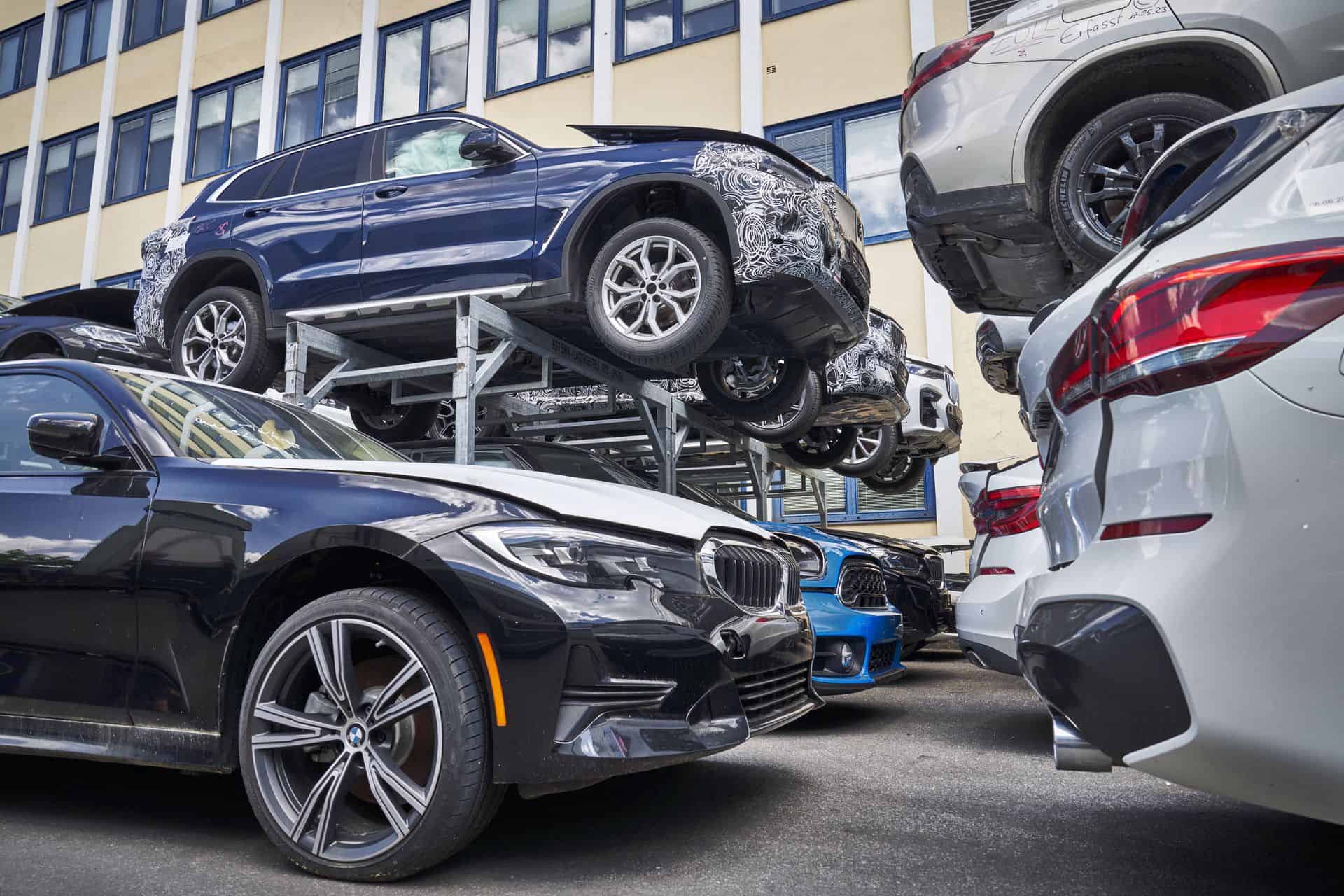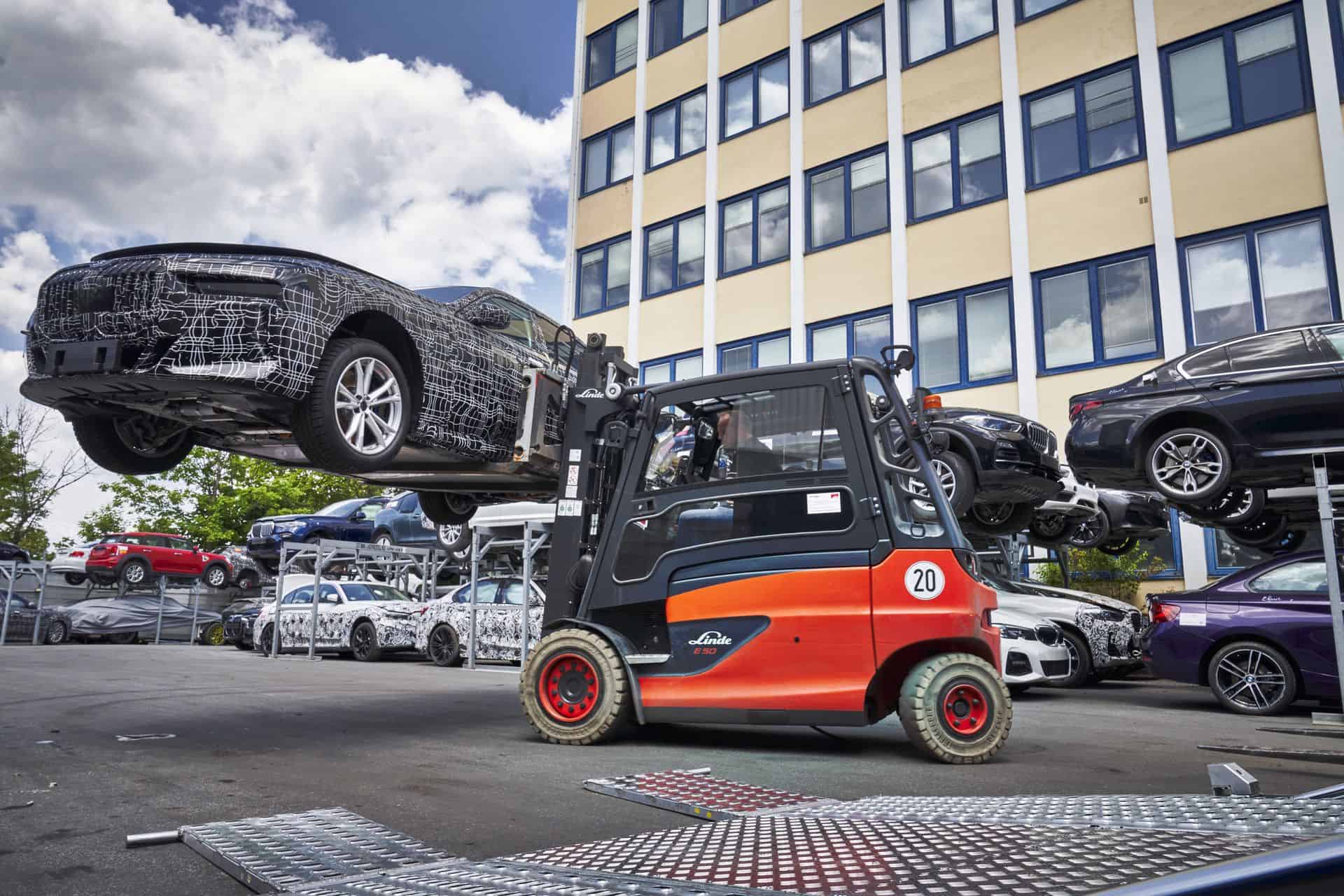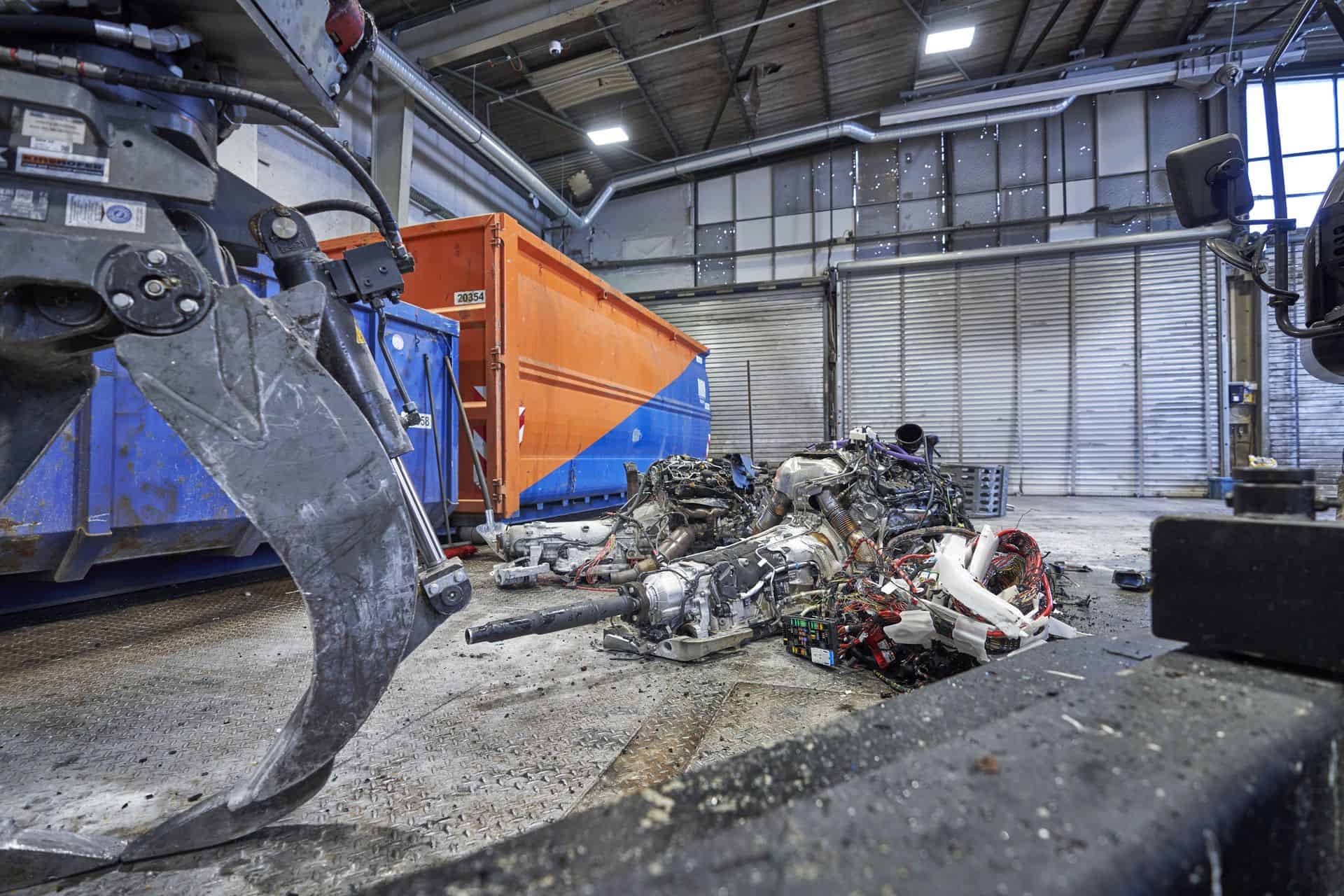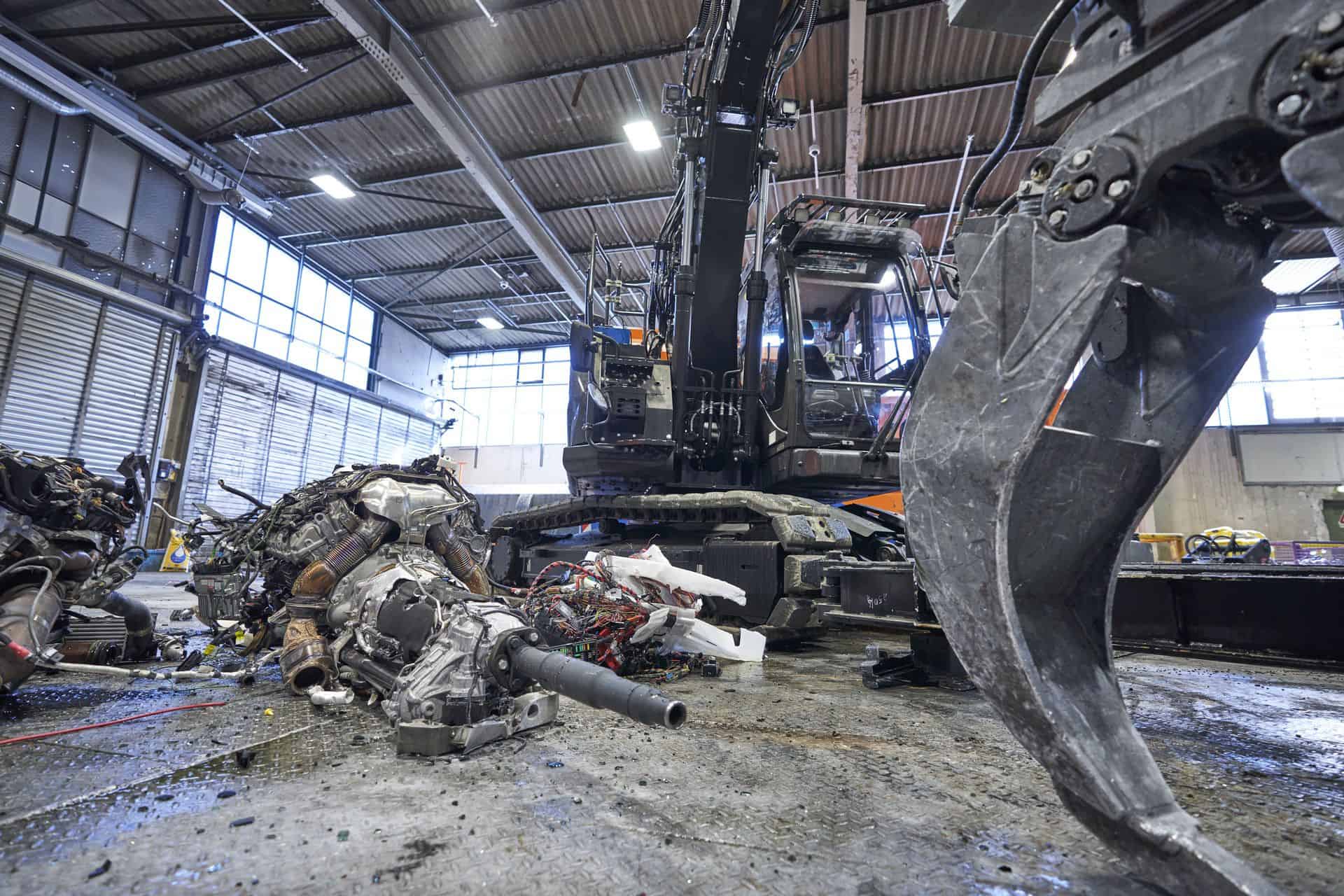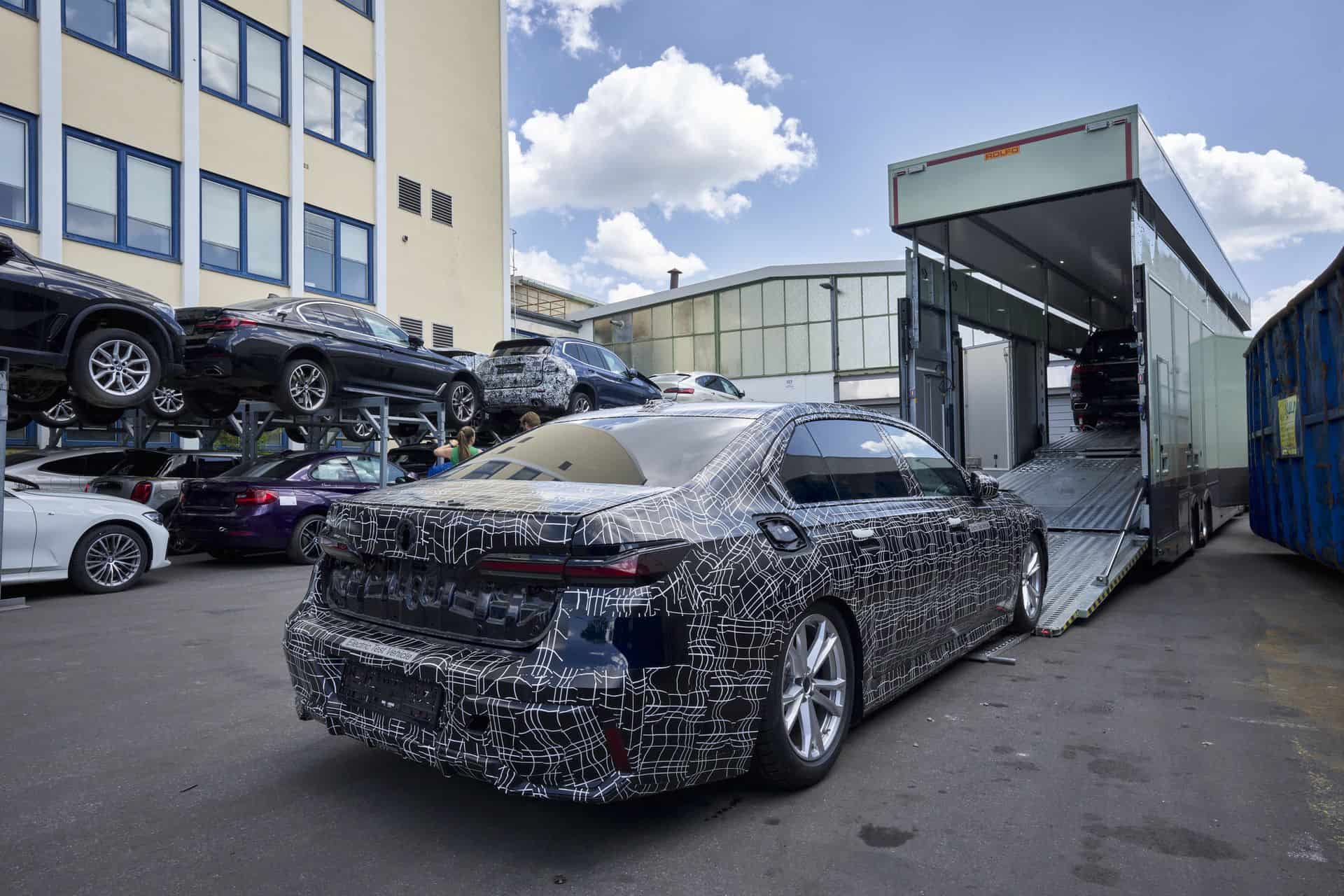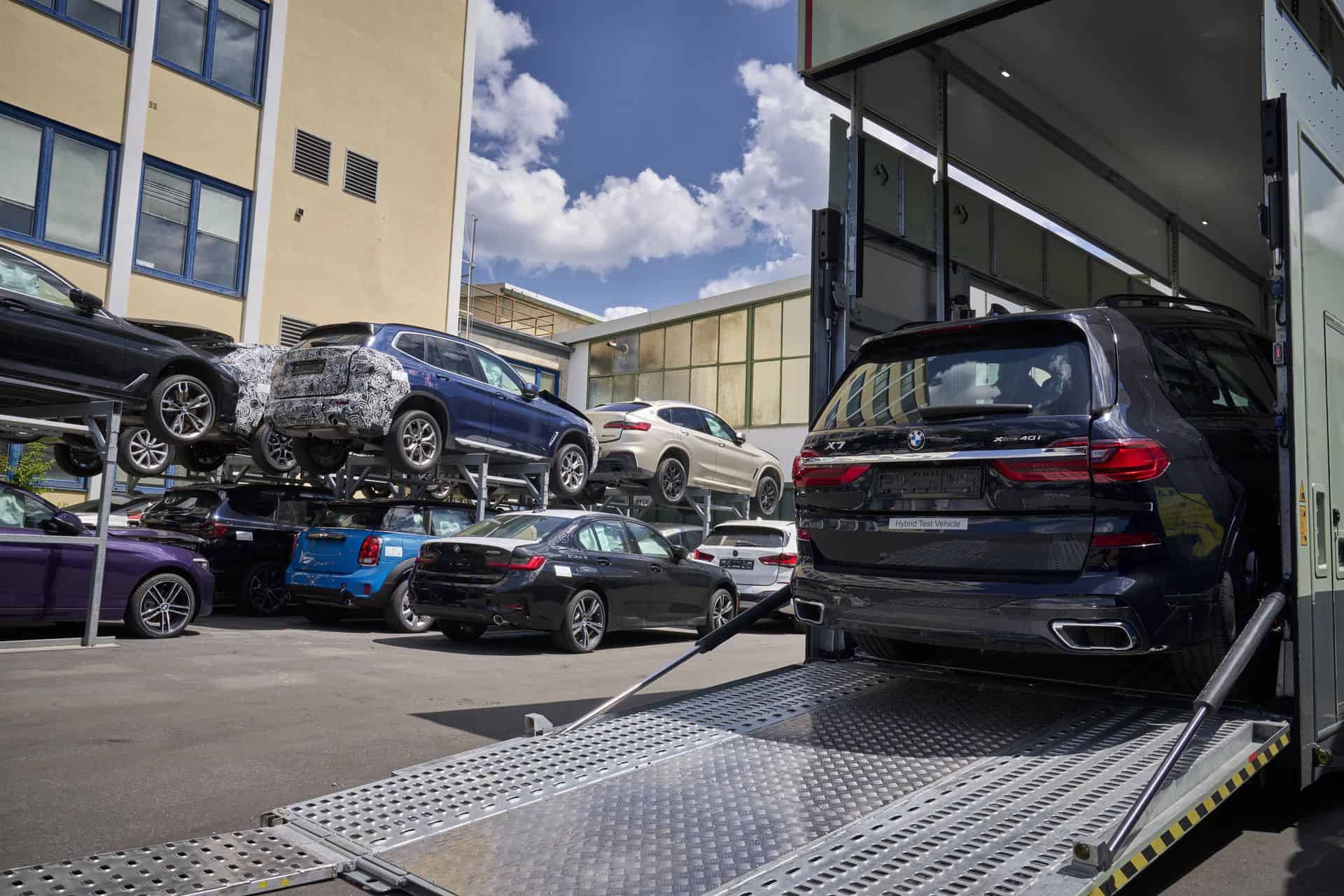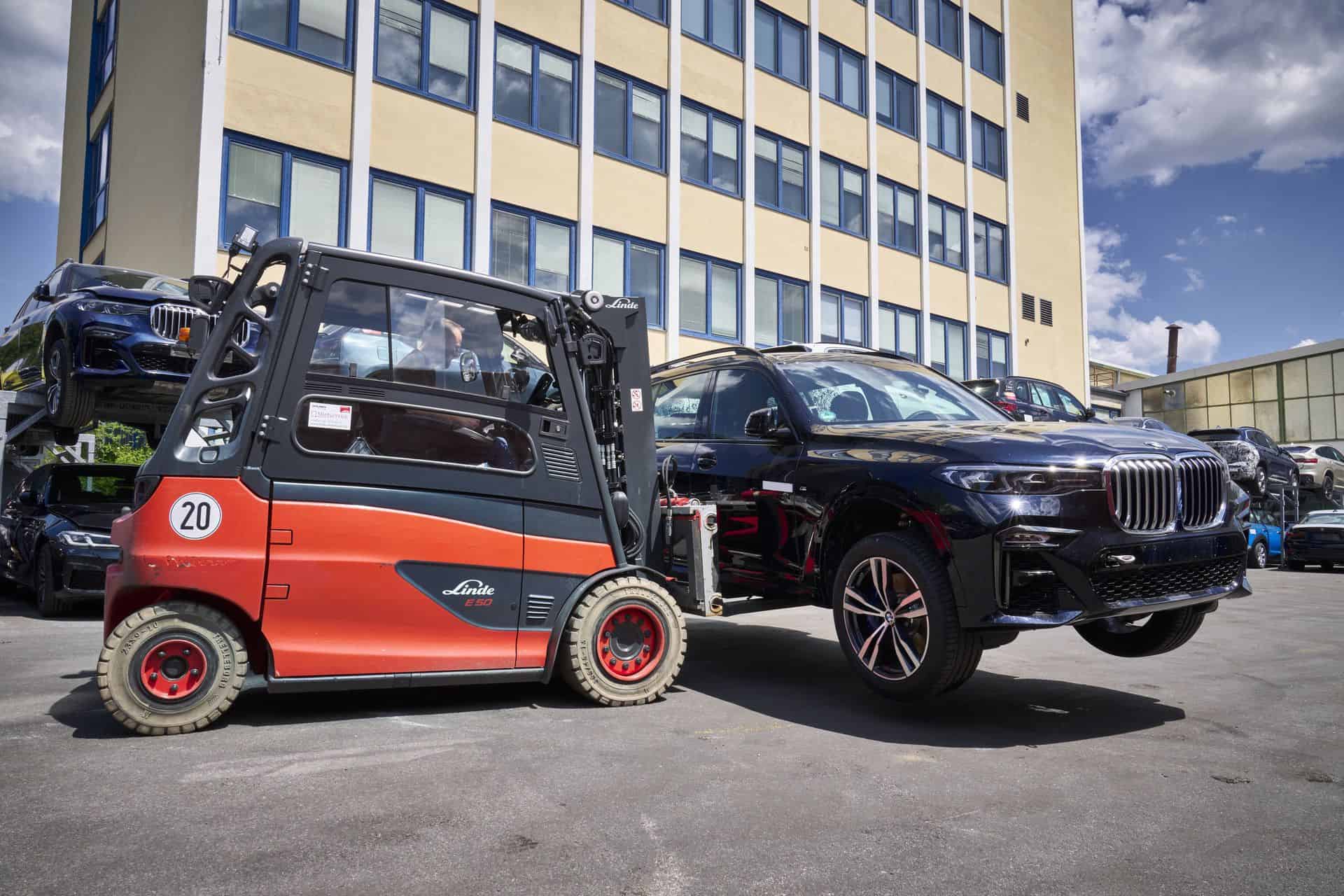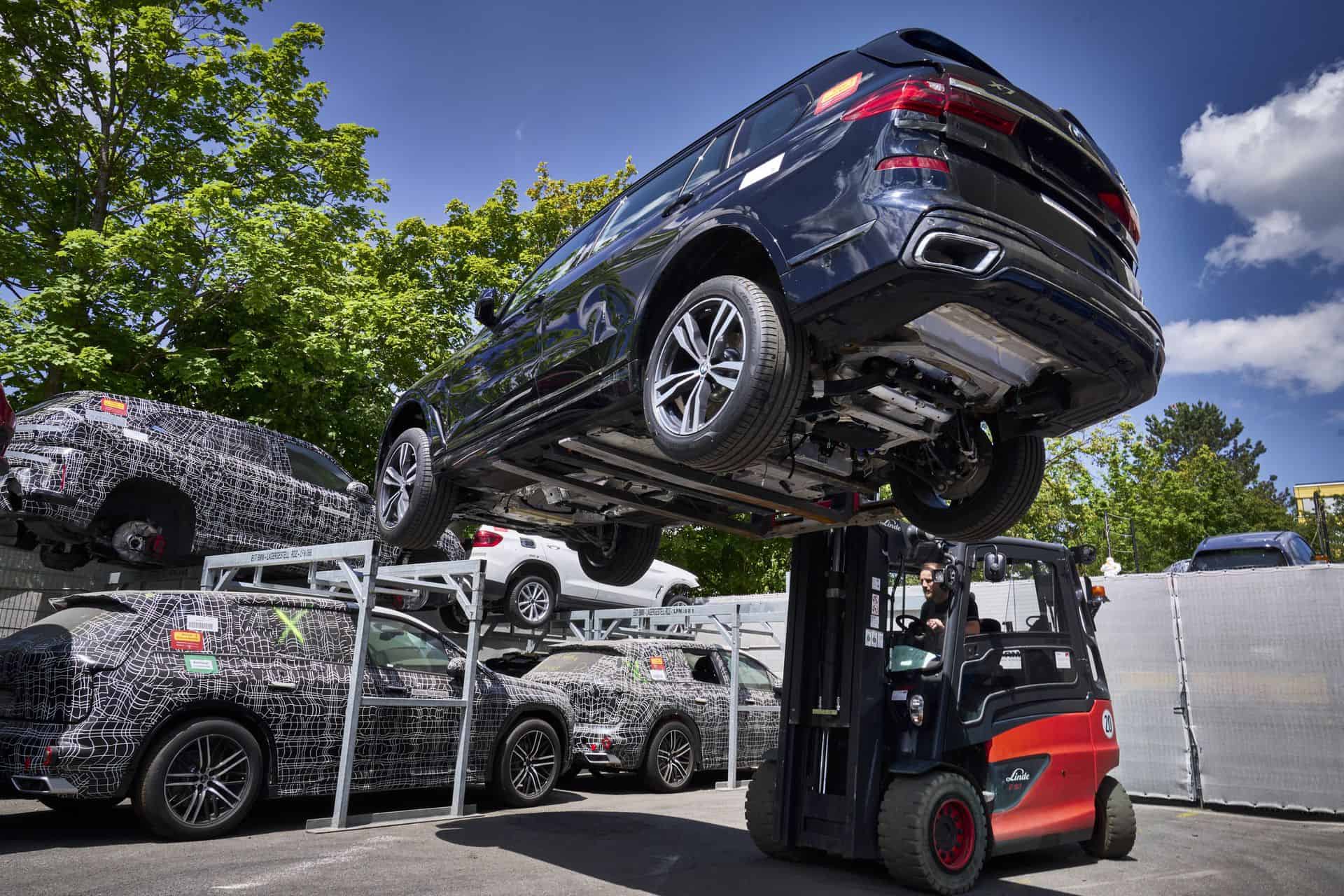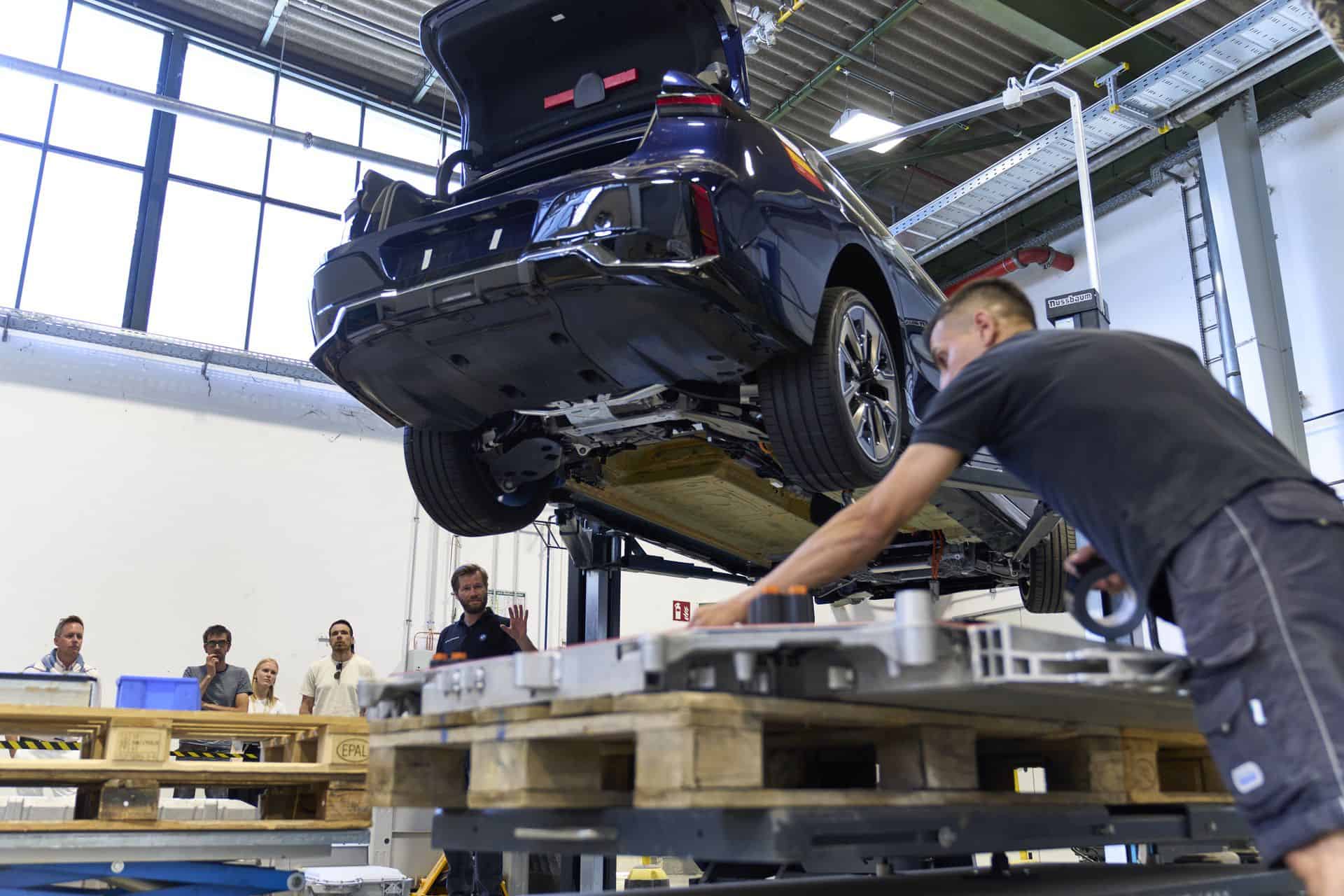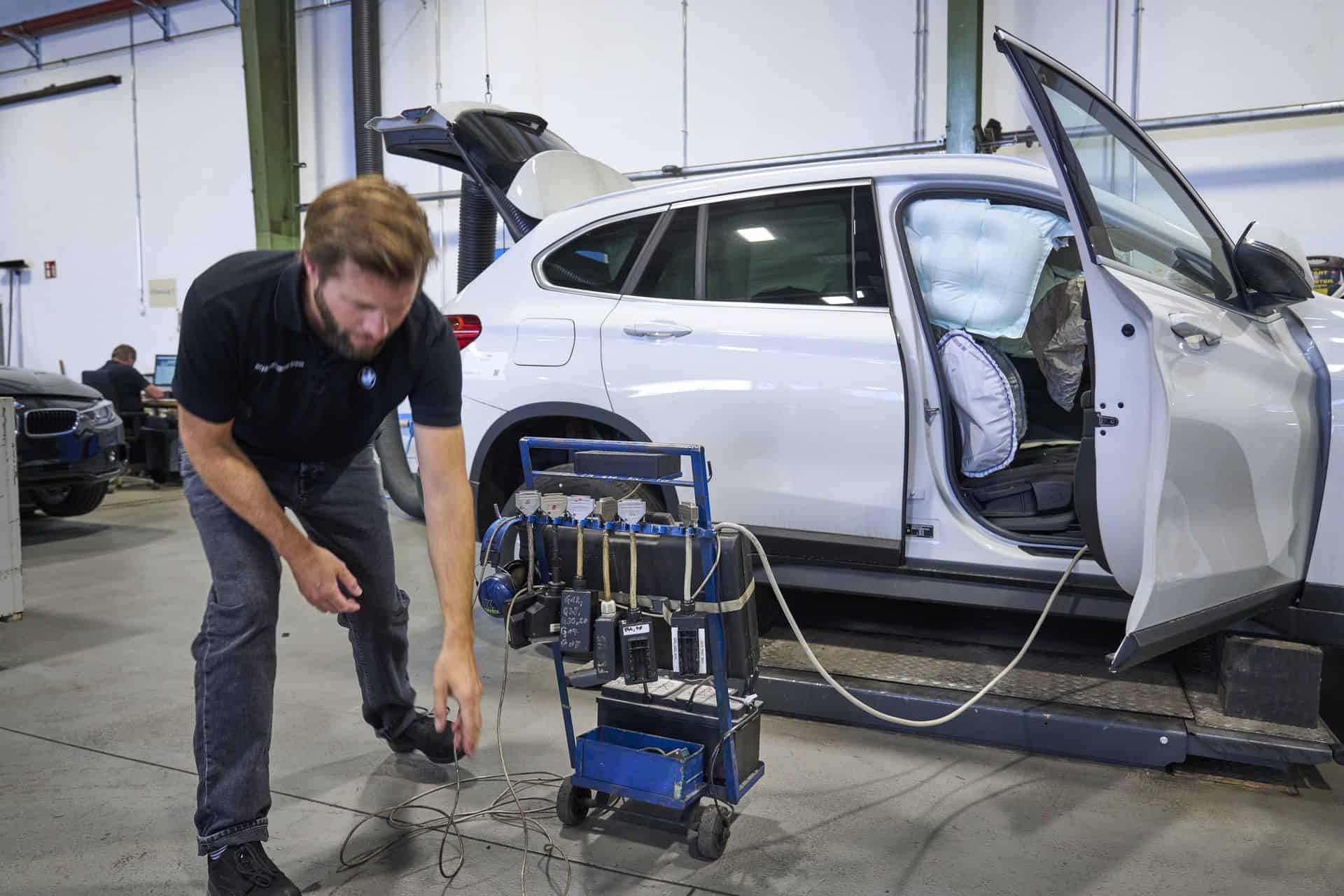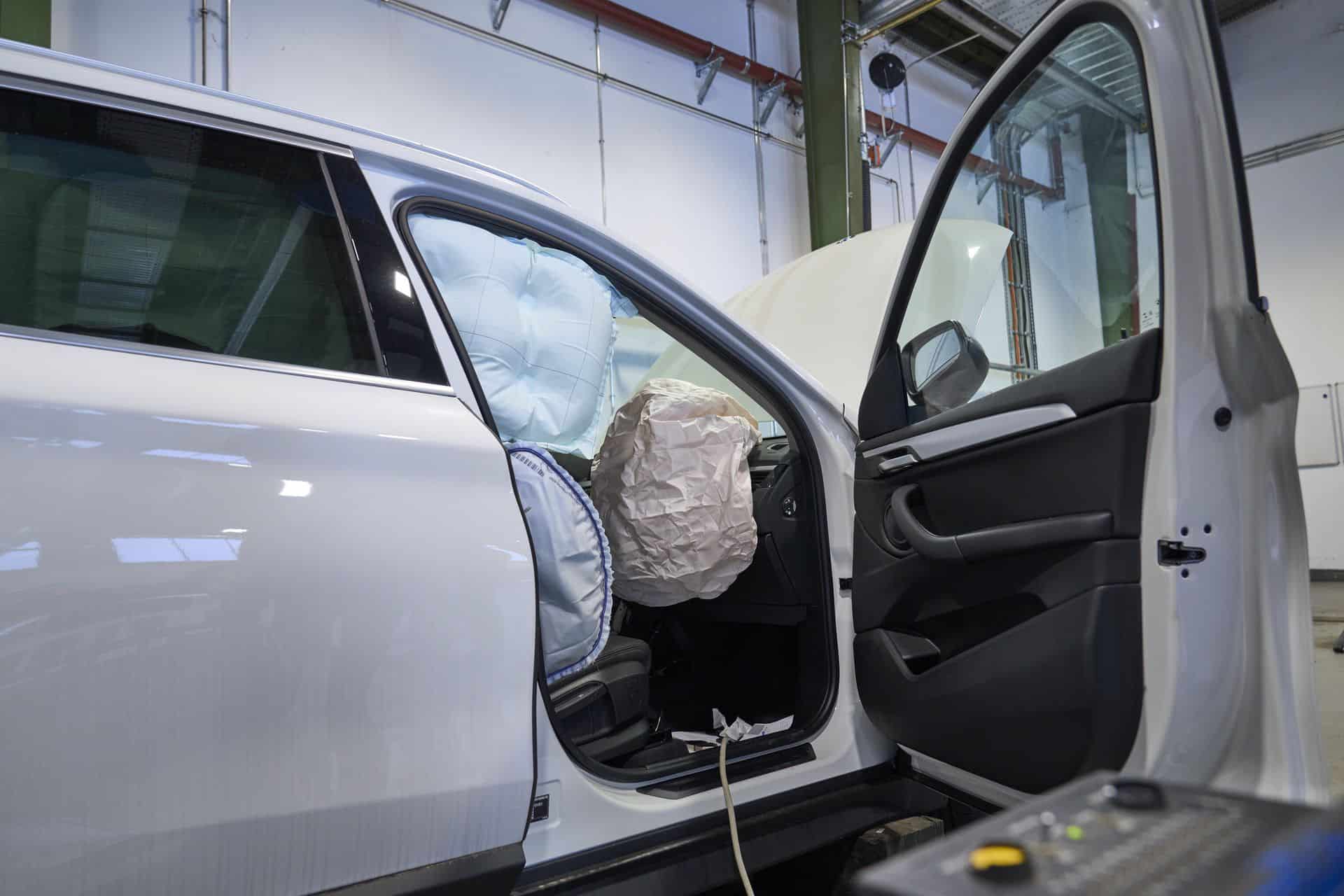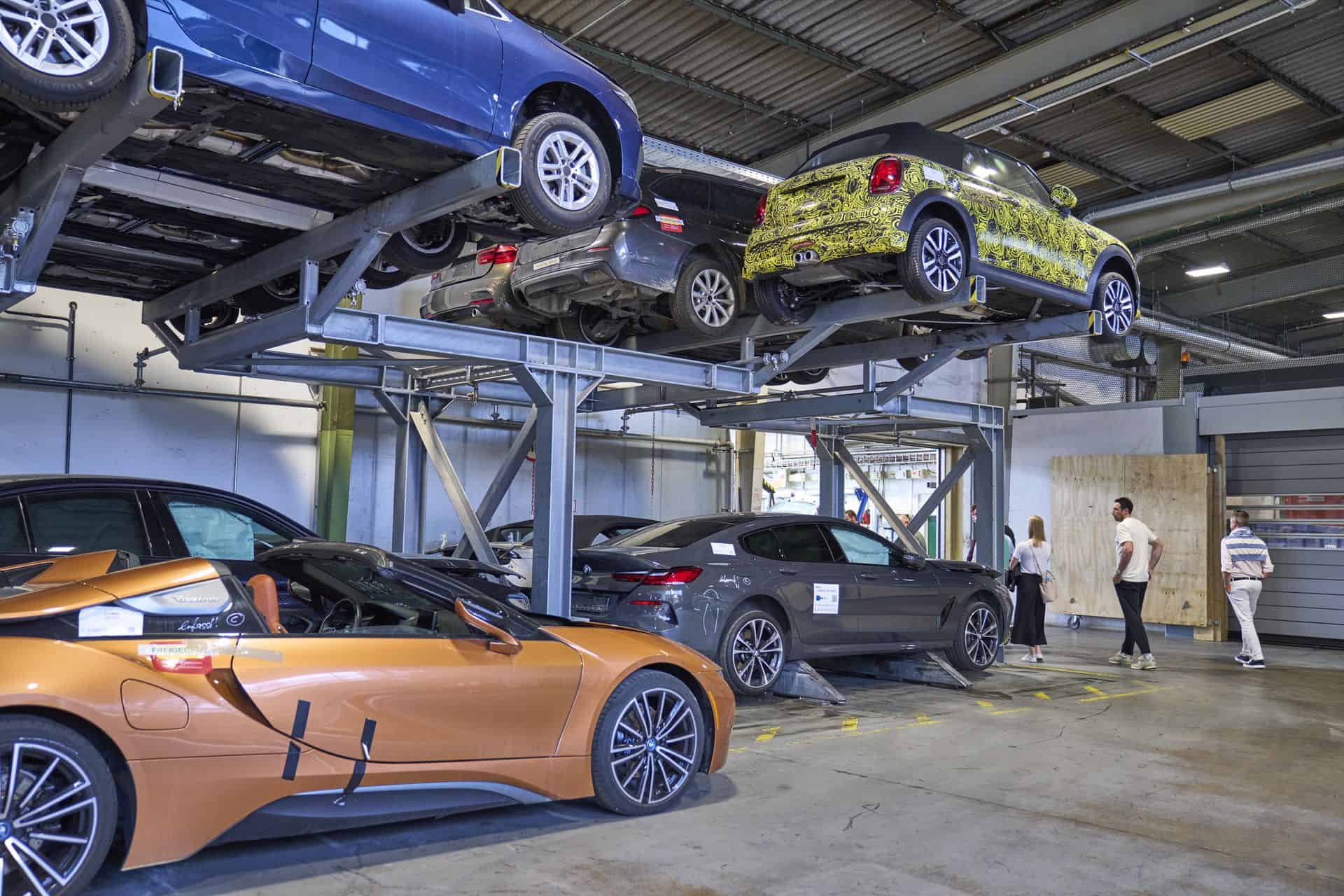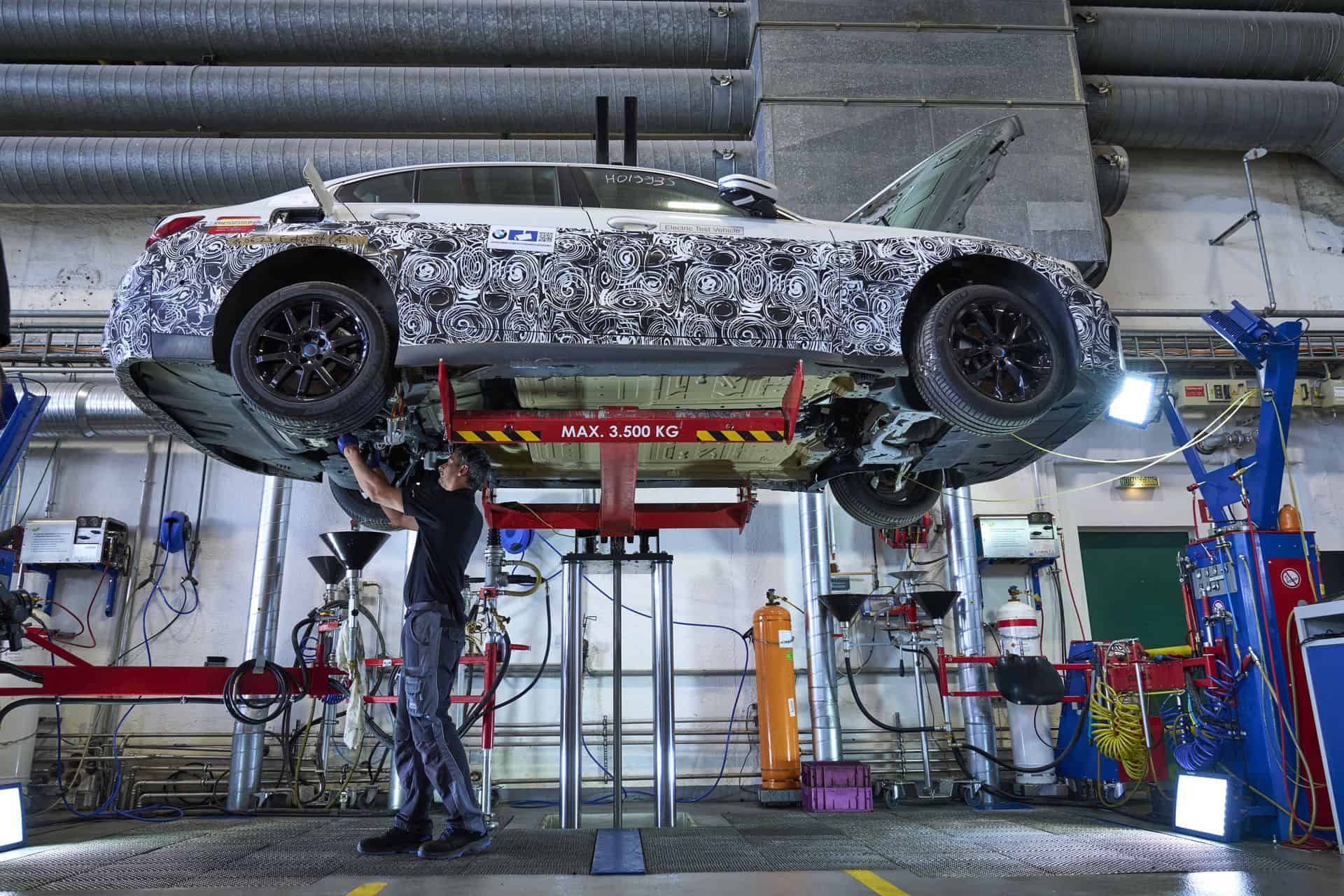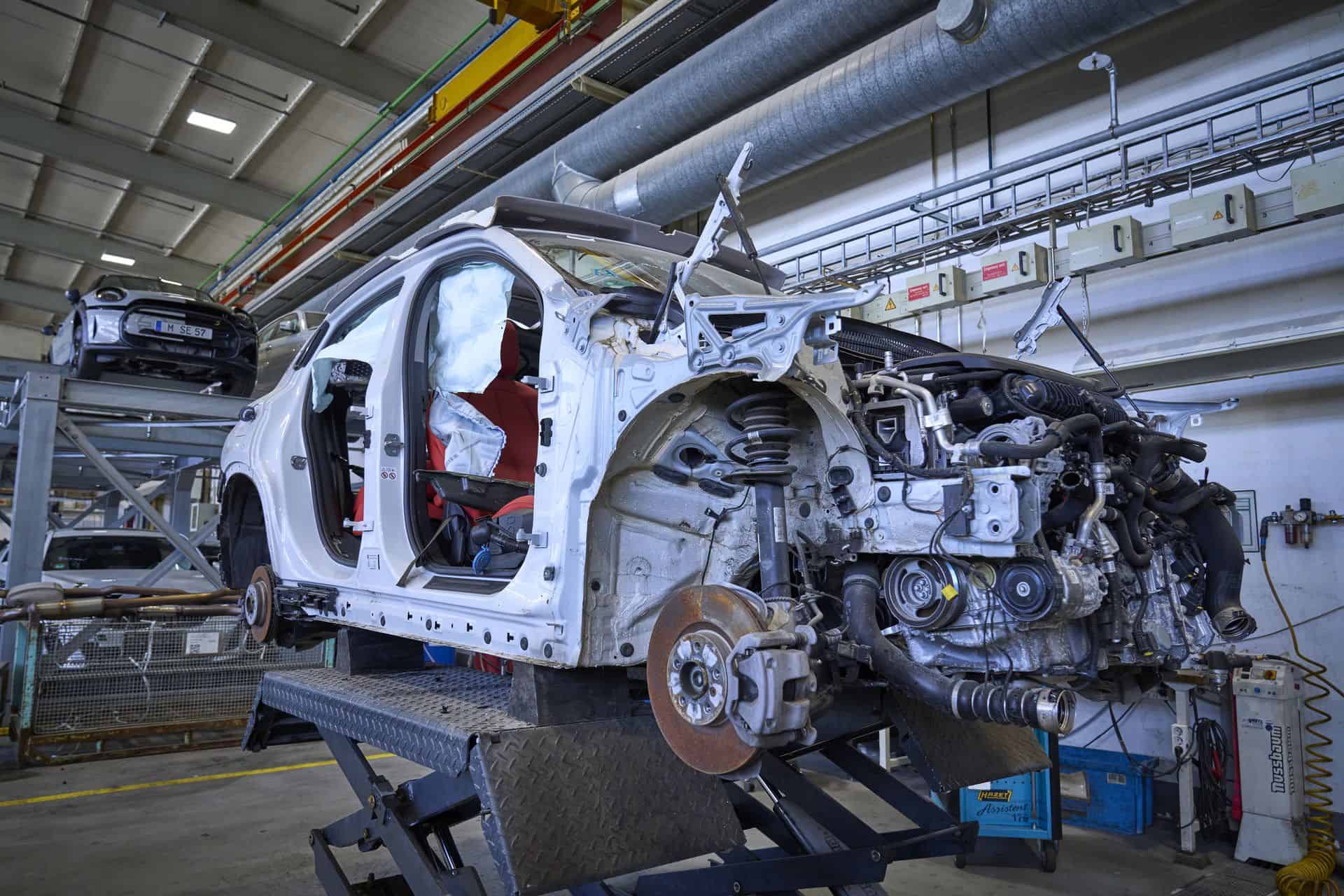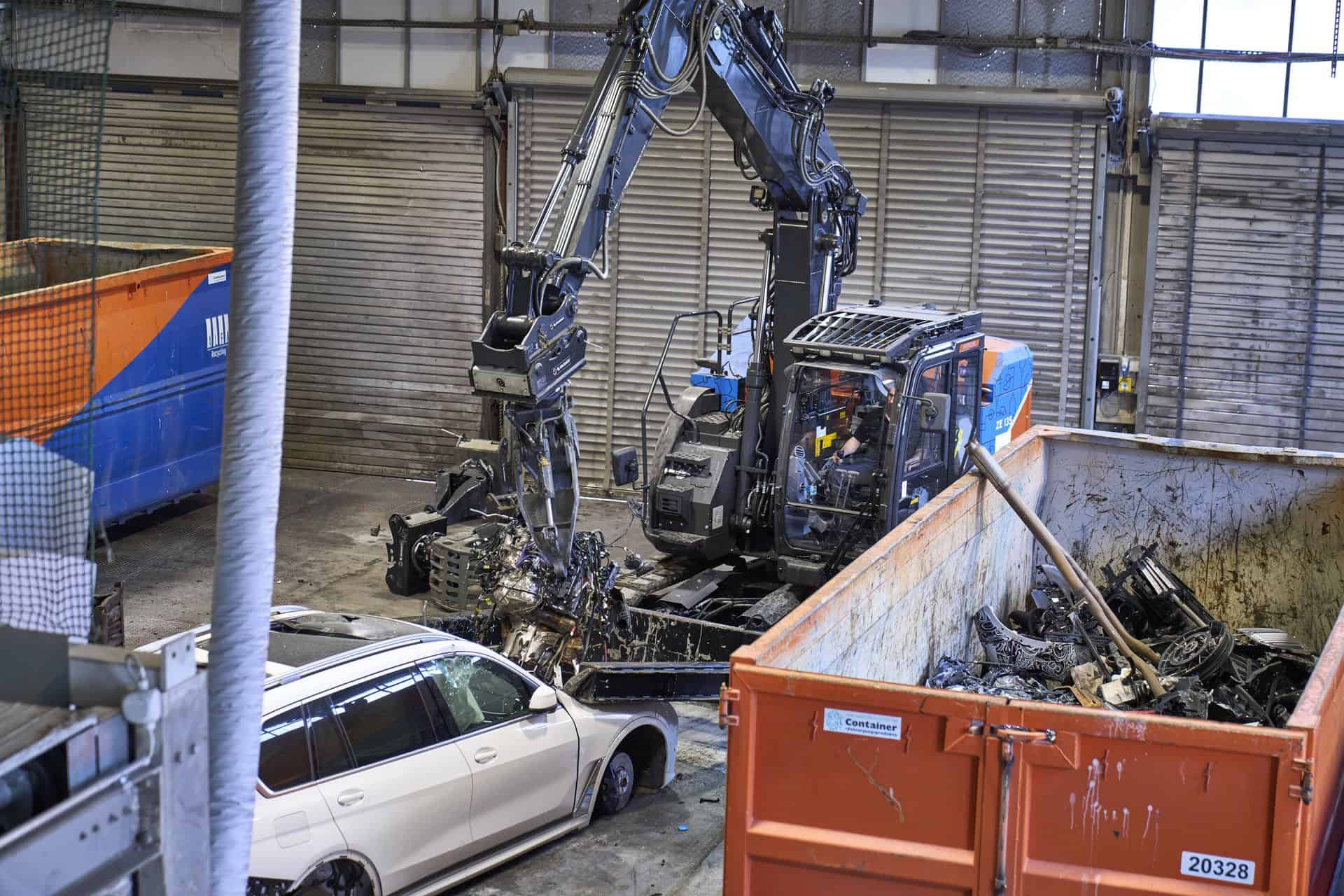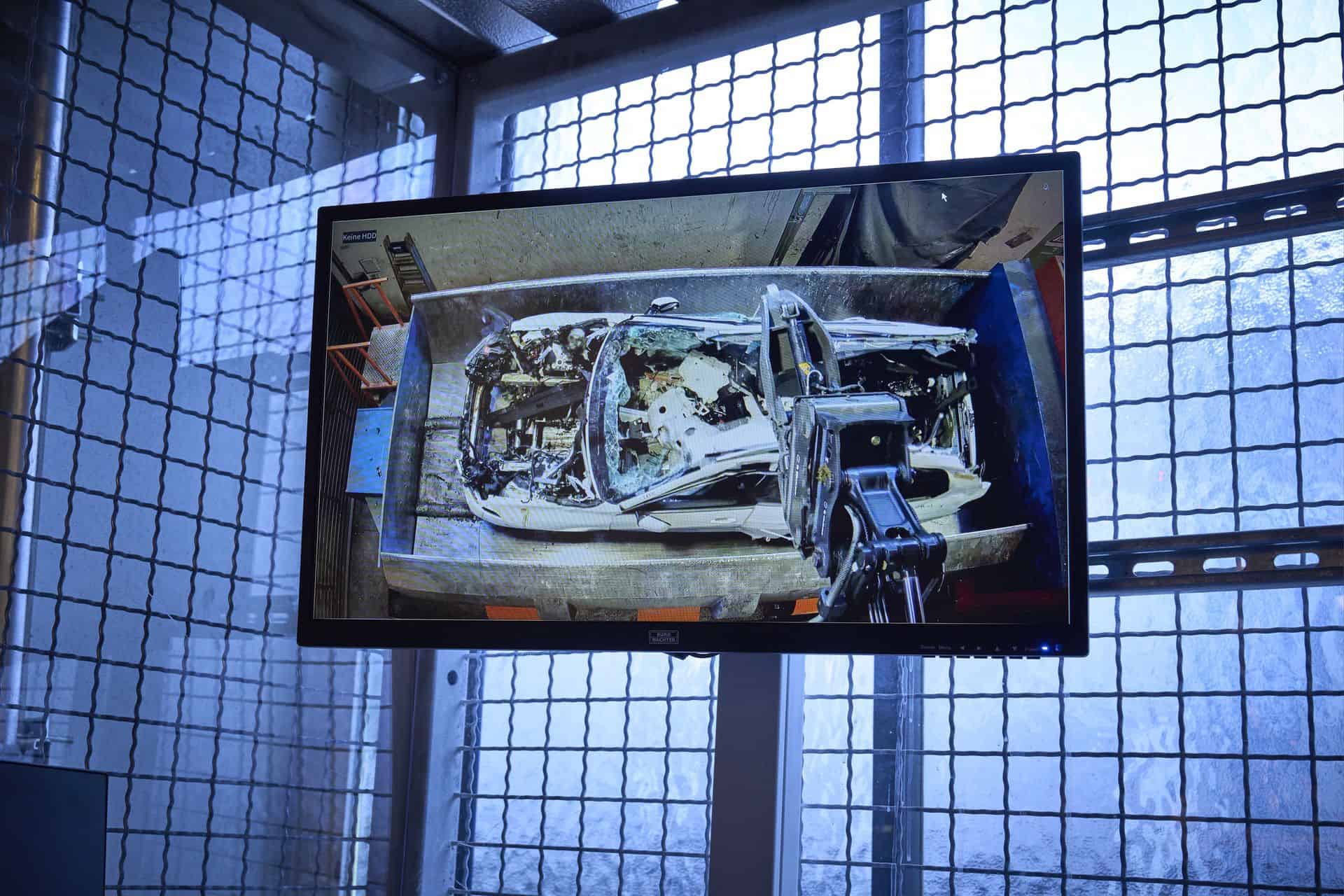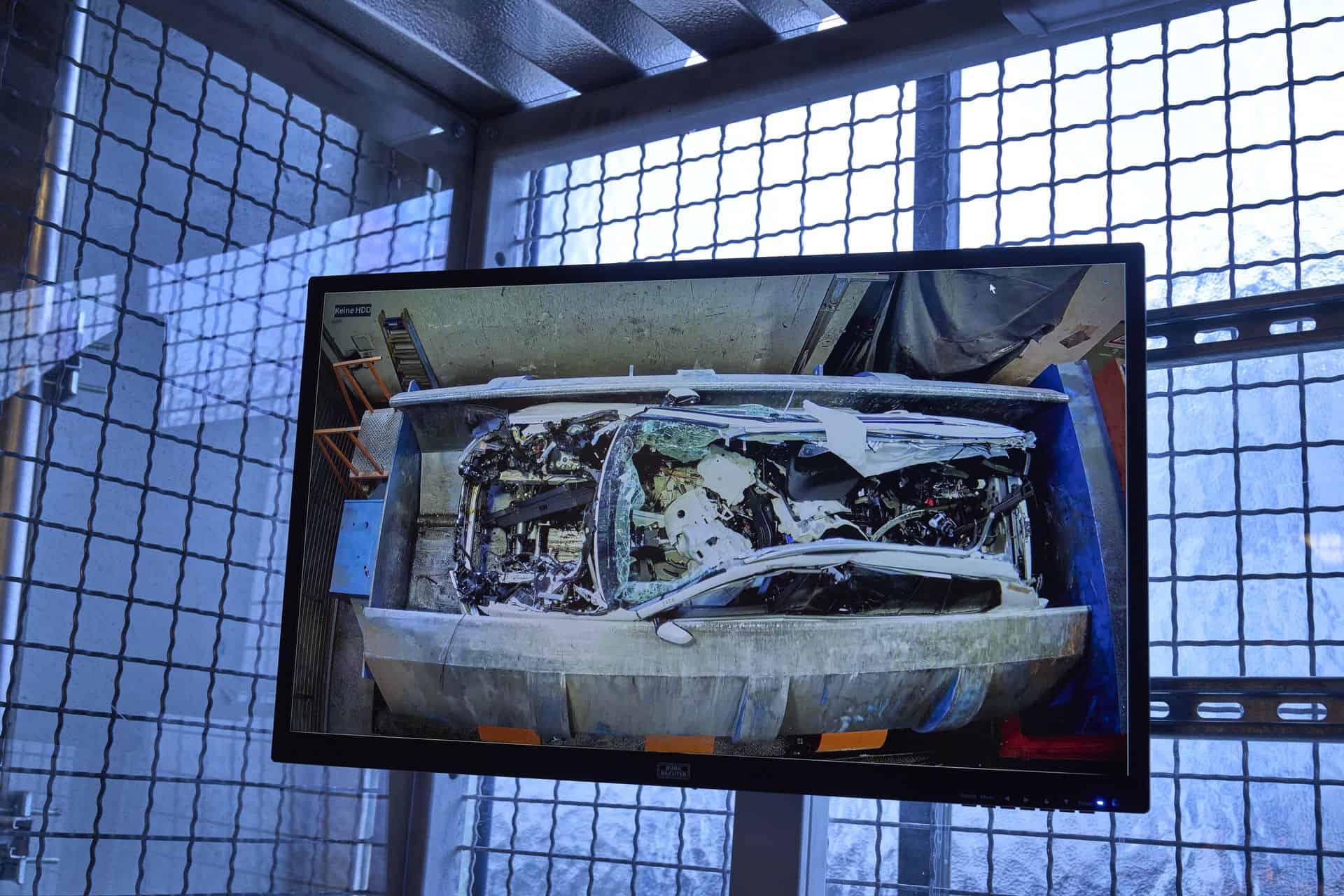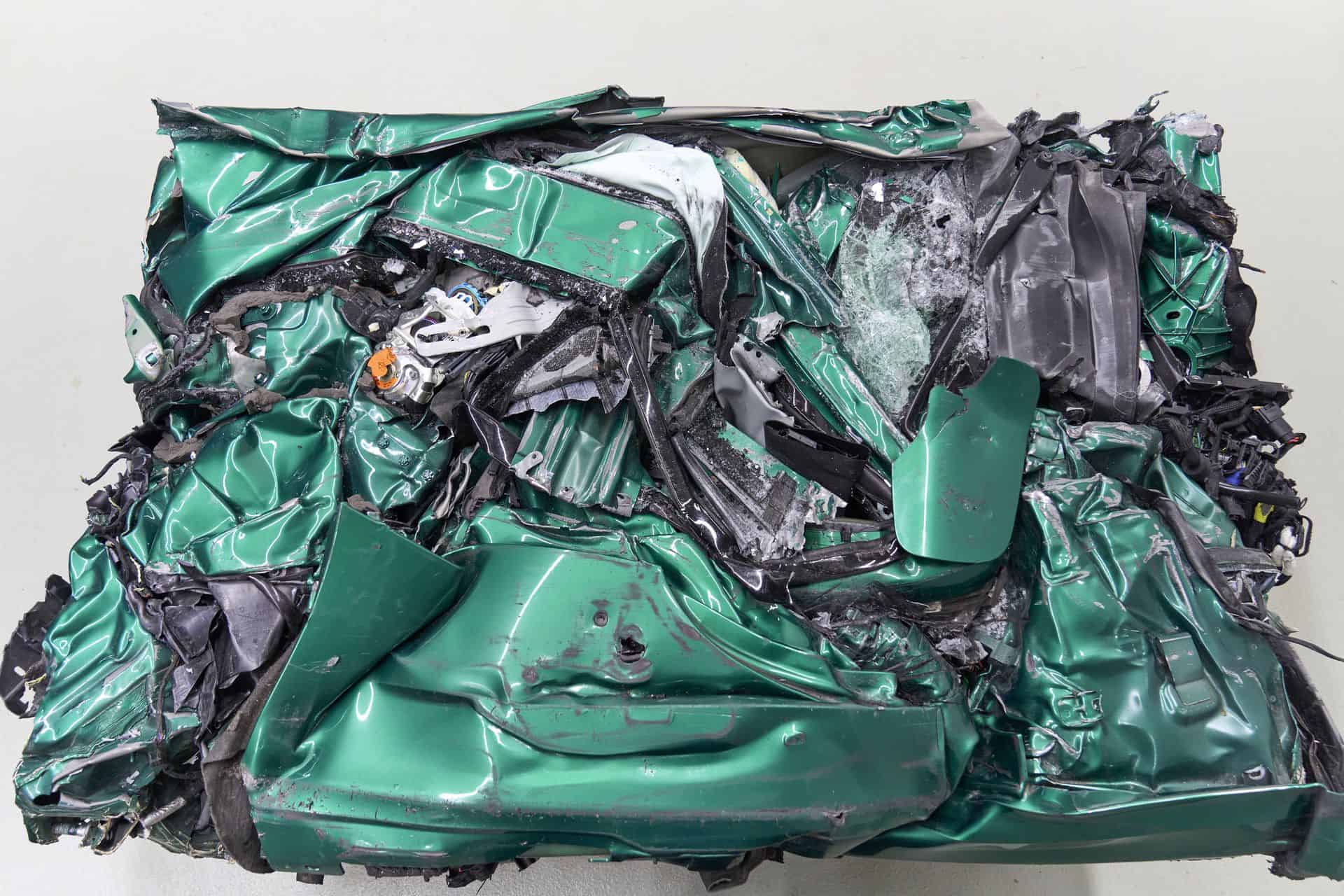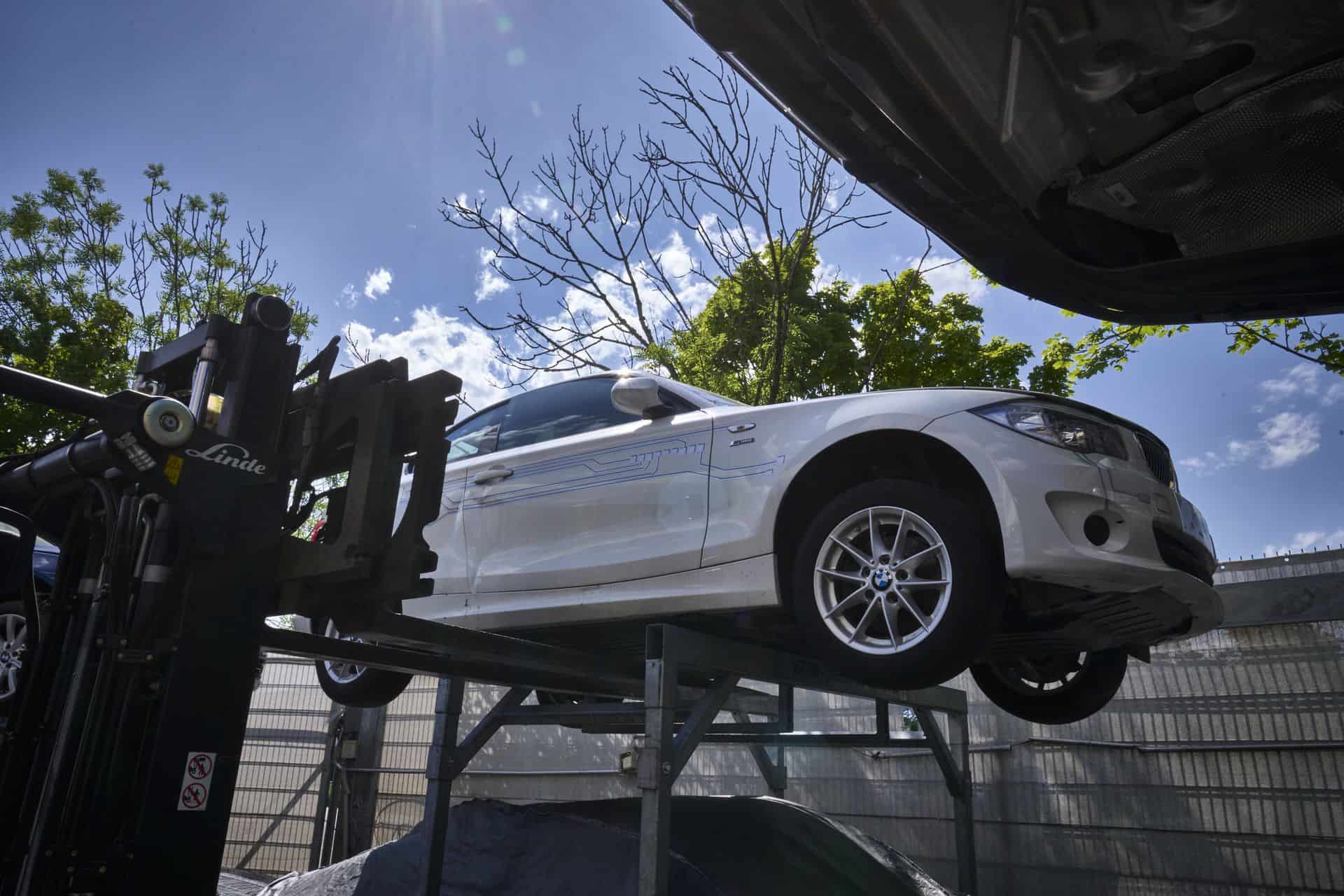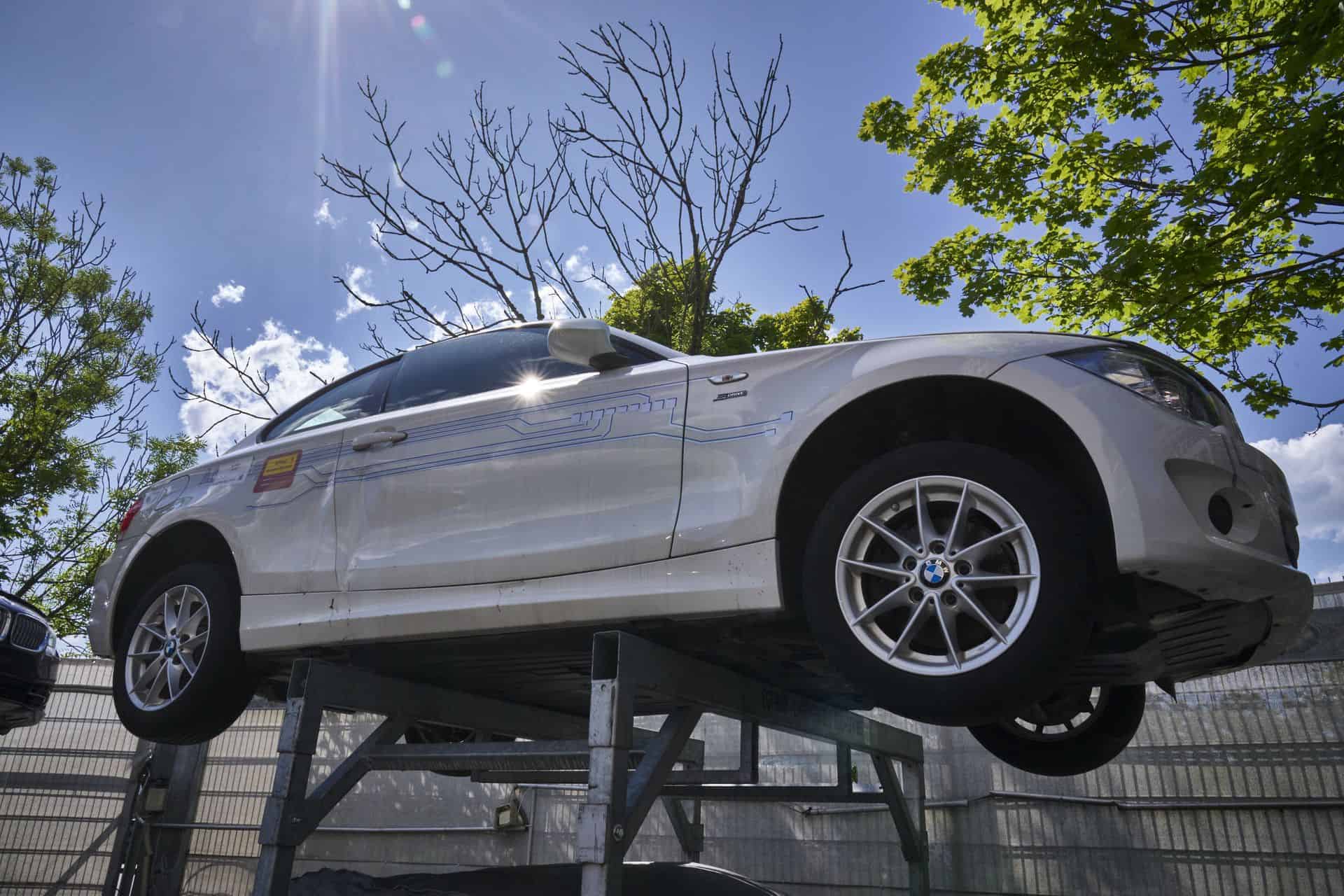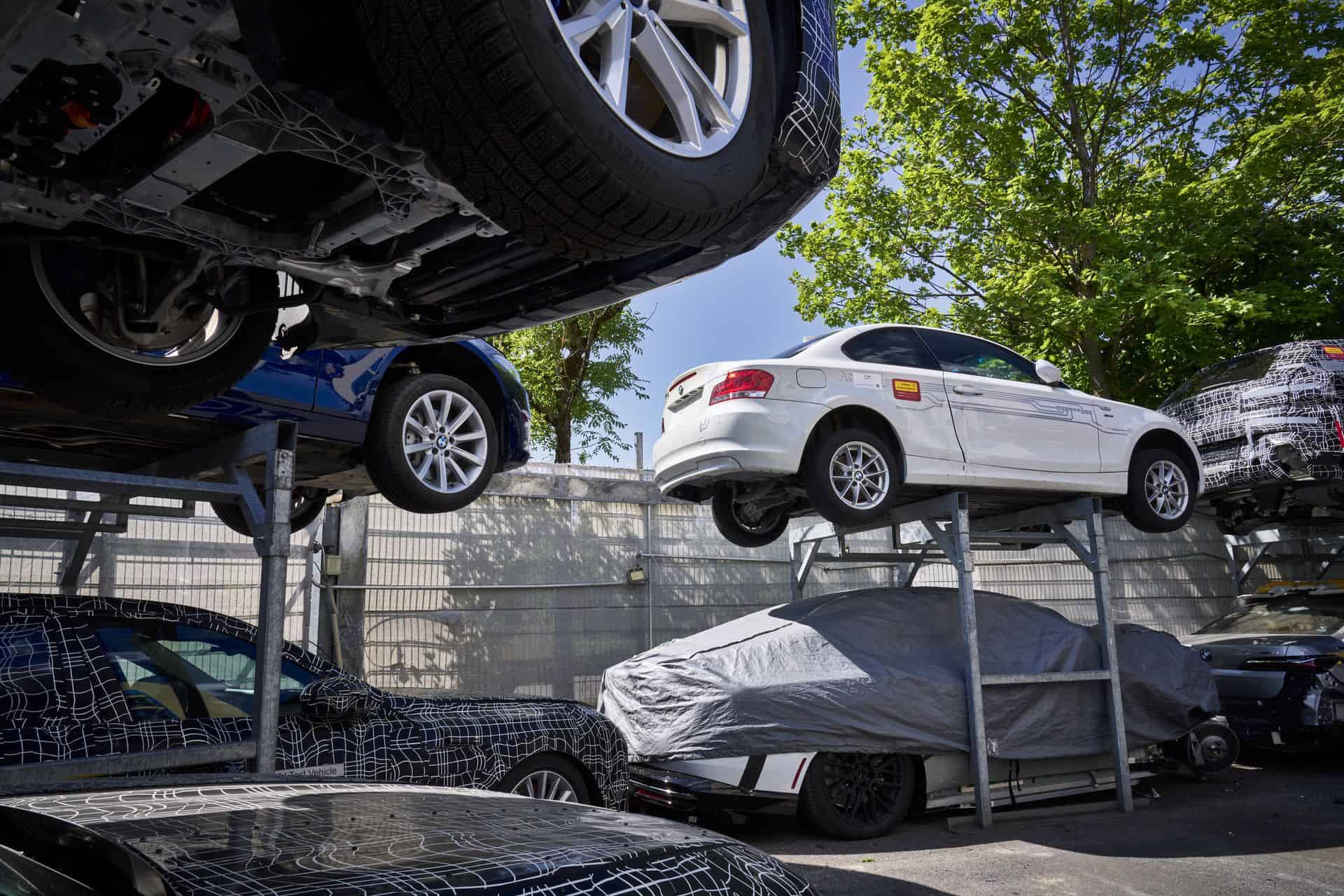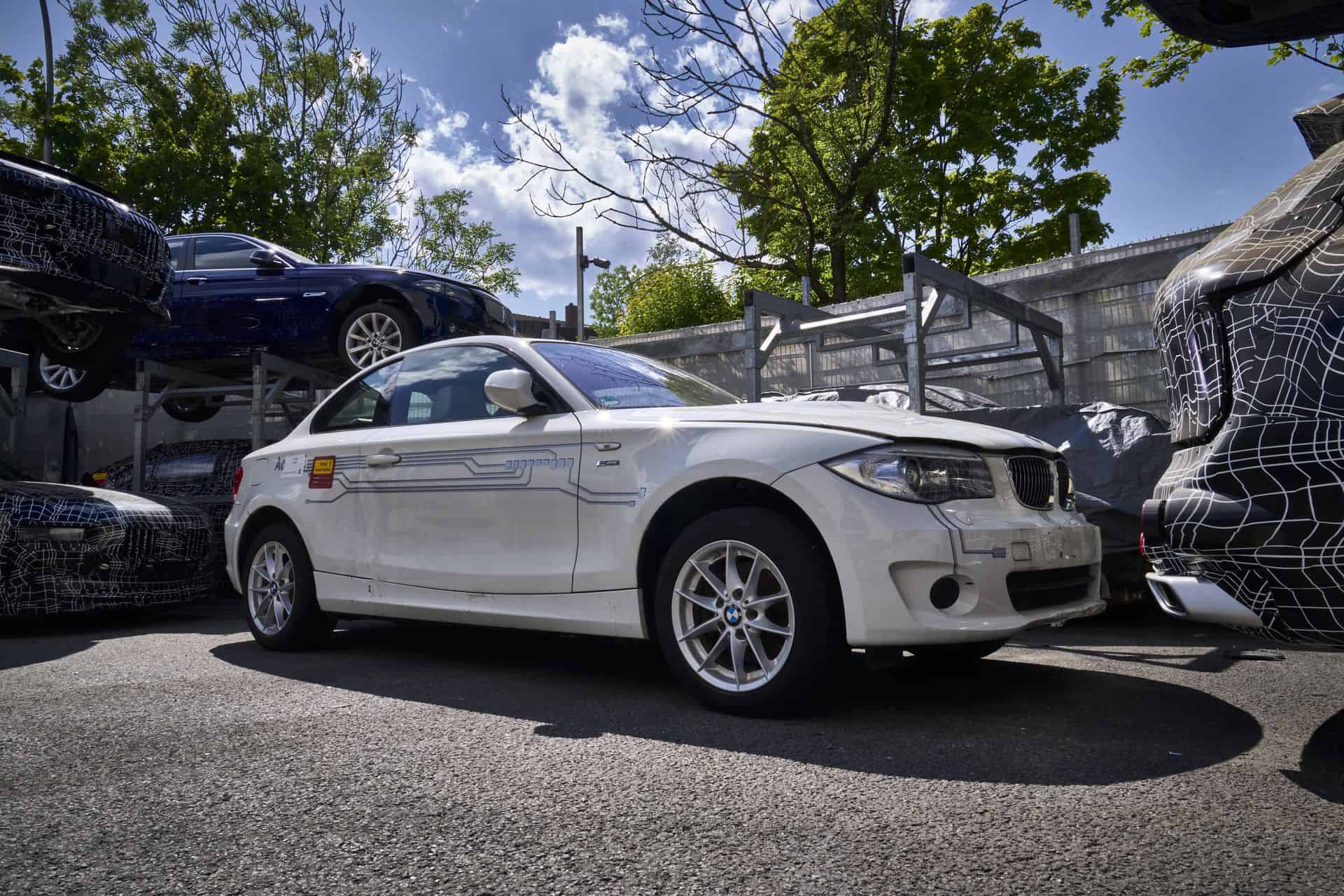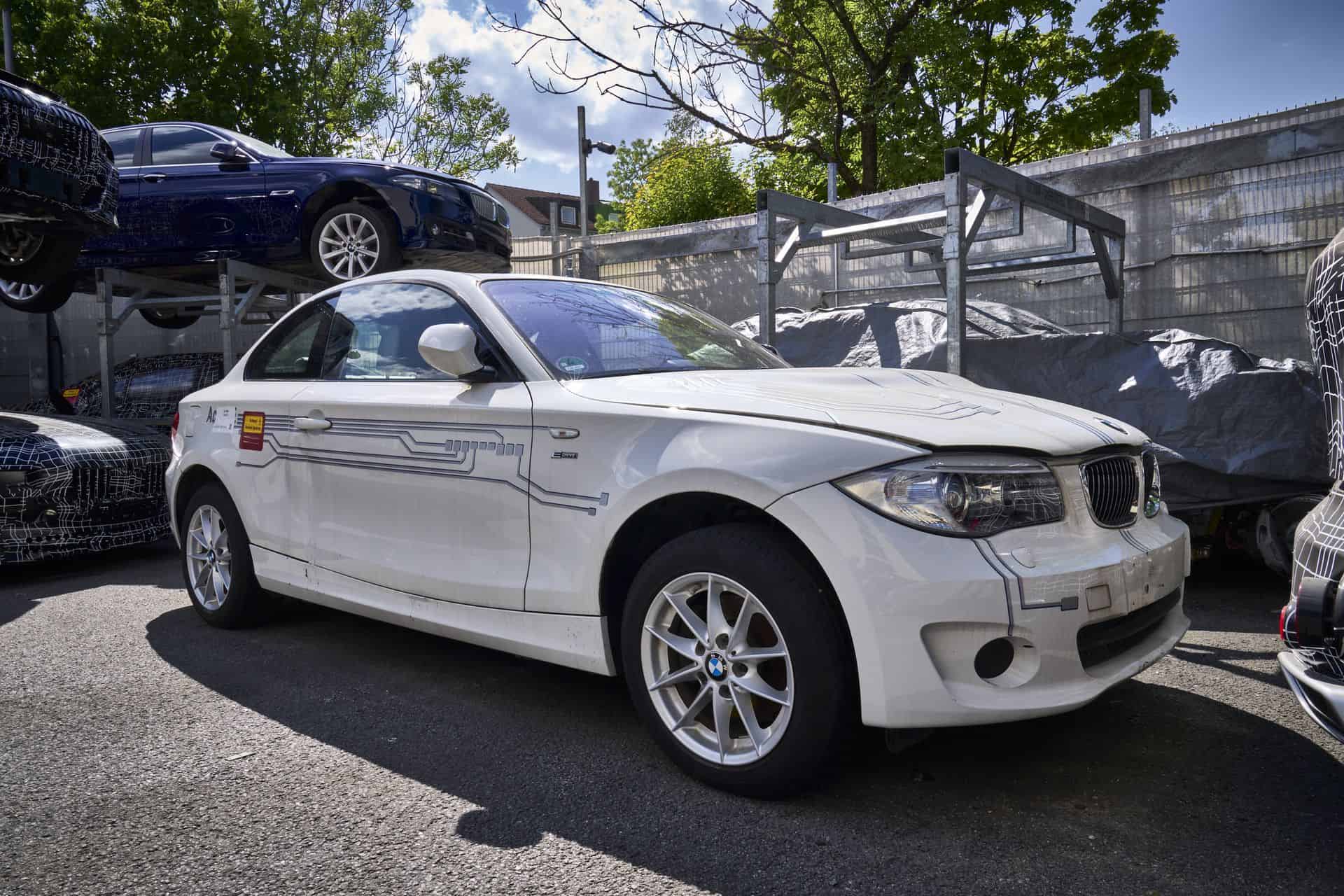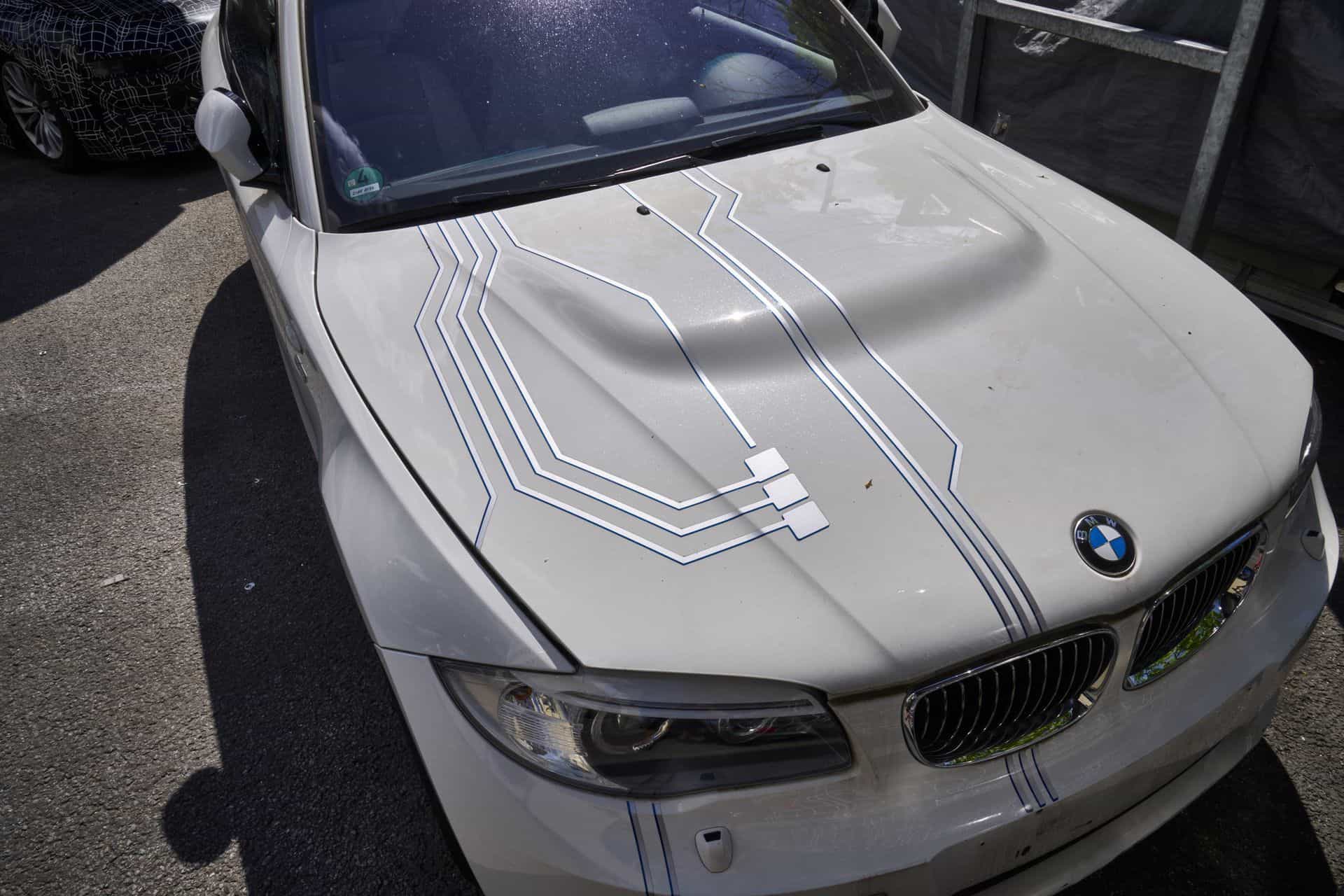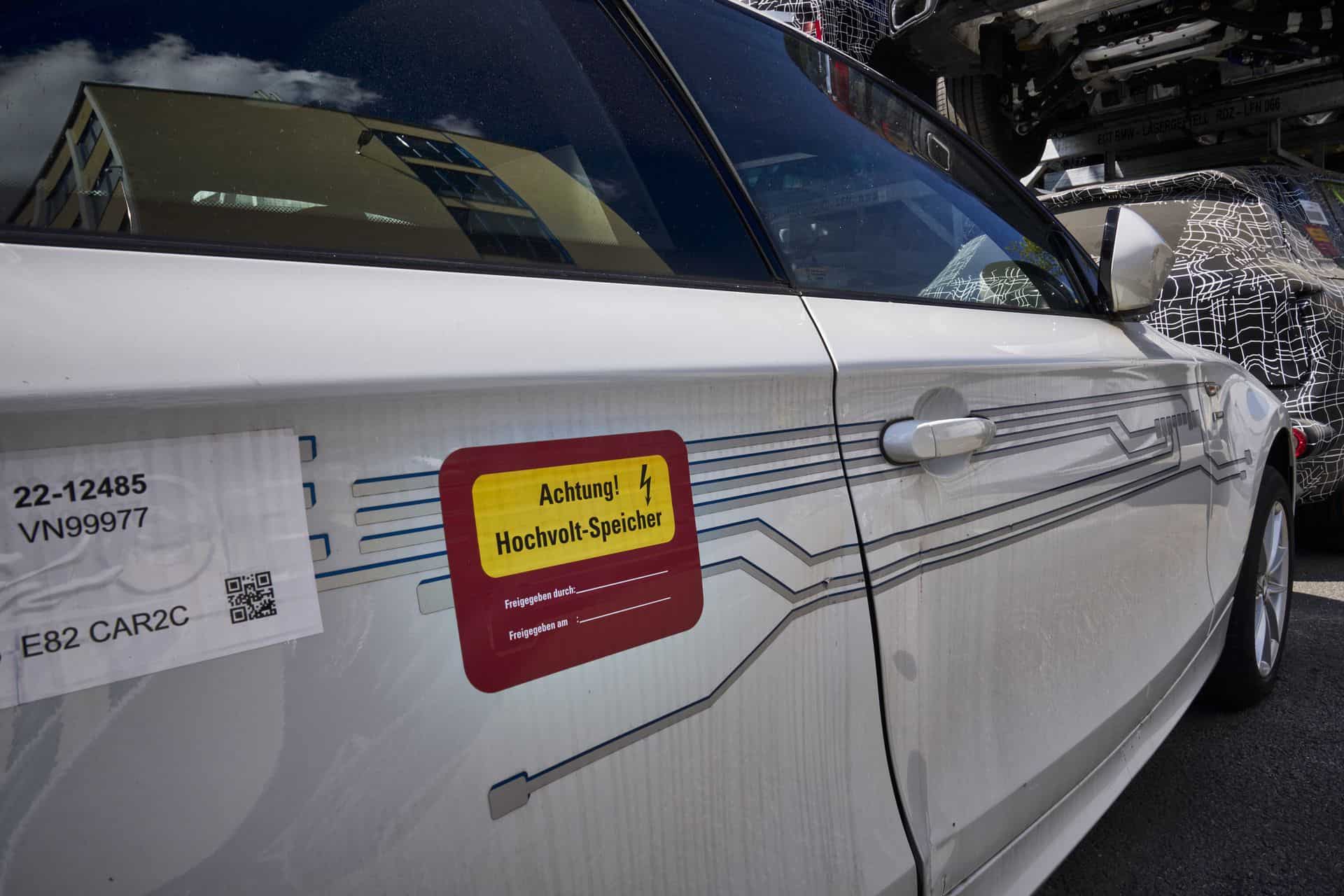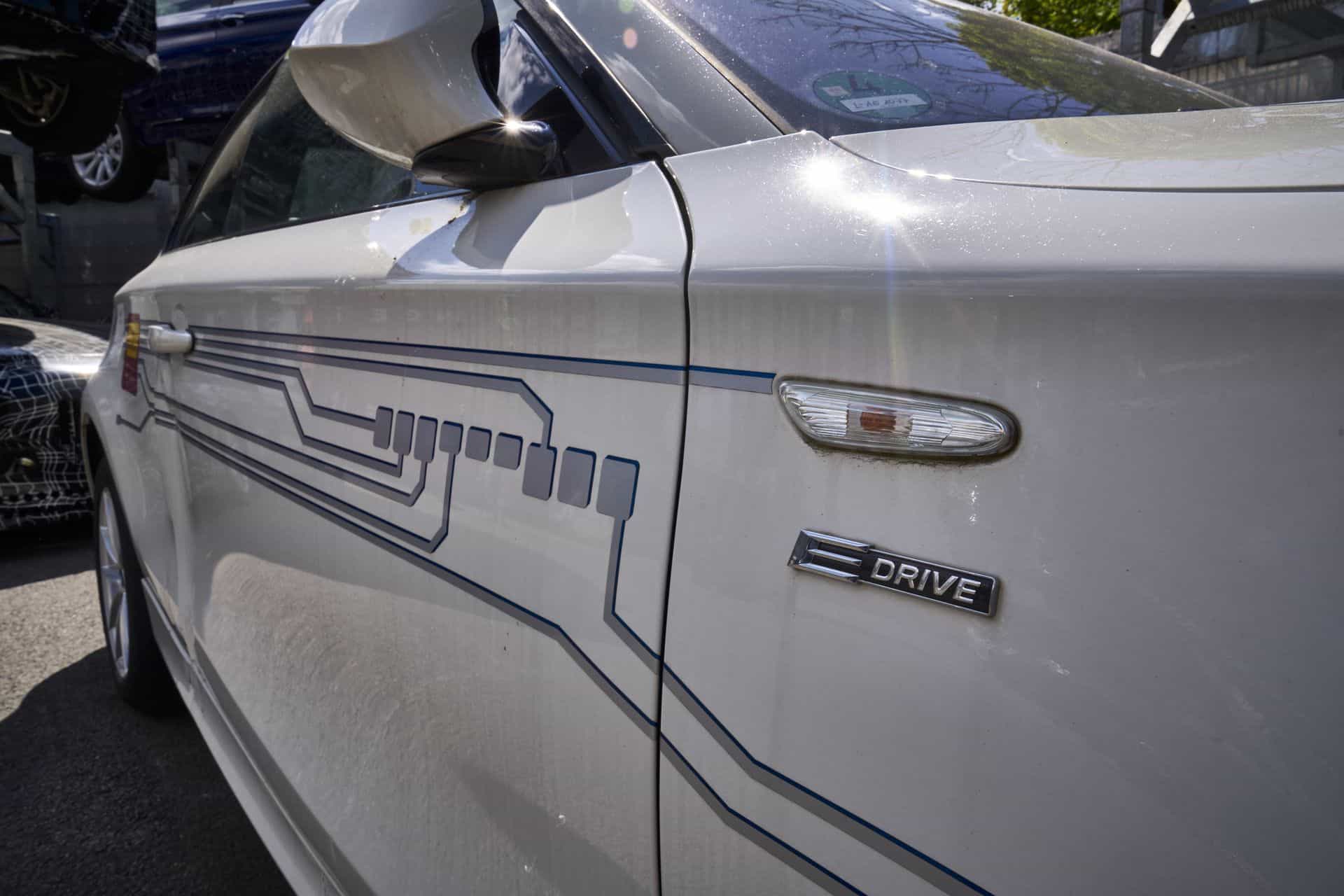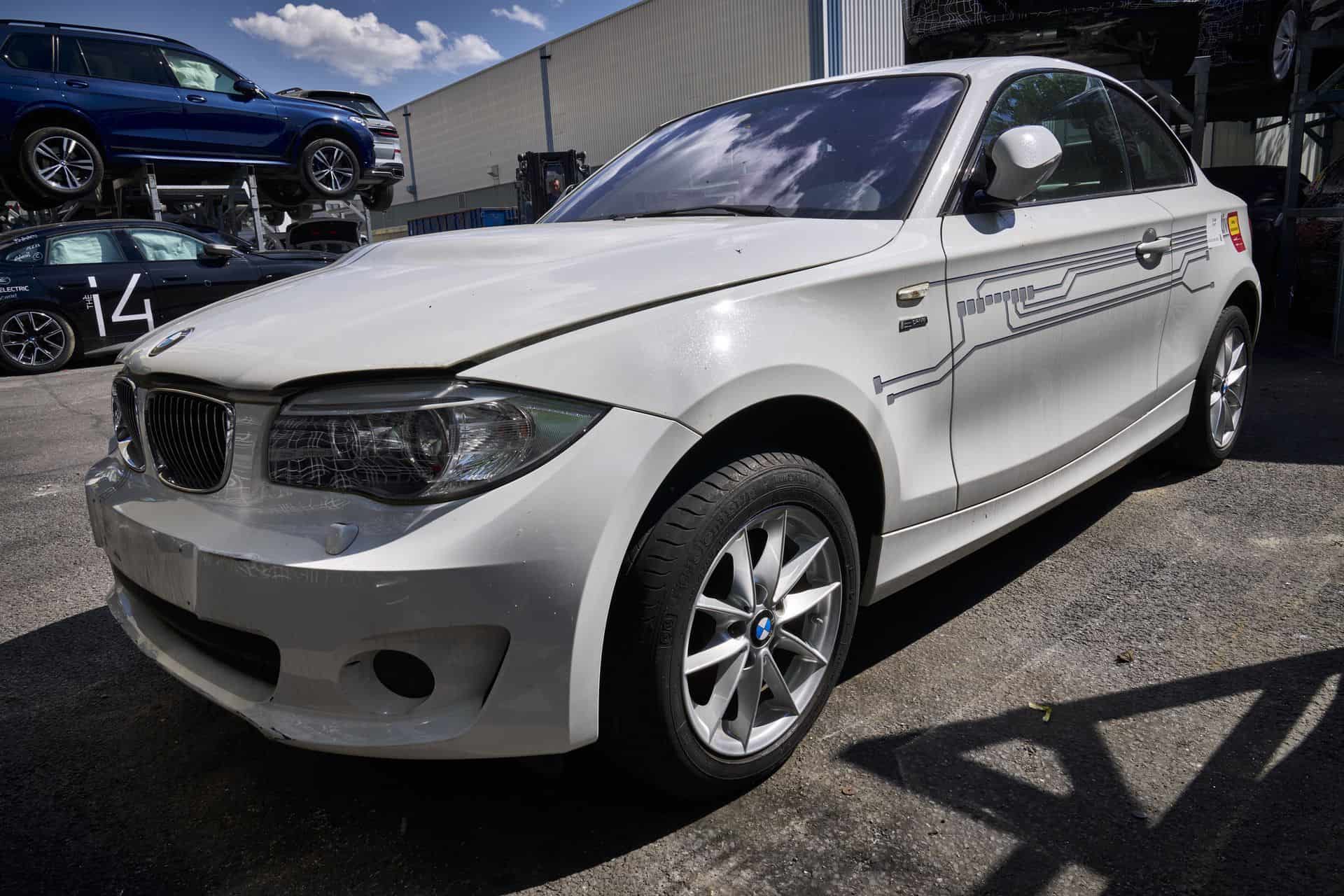The BMW Group Recycling and Dismantling Center (RDZ) plays an important role in keeping up with BMW’s promise of sustainability. While perhaps the least publicized and recognized component, it’s where their corporate vow proves itself. Taking old, used parts and reusing them makes up the core of BMW’s commitment. In fact, new BMW vehicles comprise up to 30% recycled and reused materials. From arrival until unceremonious disposal, here’s how life ends for up to 10,000 vehicles per year.
The Recycling Process
Since 1994, the BMW Group Recycling and Dismantling Center in Unterschleißheim – just north of Munich – has worked diligently to reuse, recycle, and repurpose vehicle components. The first step in the process is to get the vehicles there. Prototypes, wrecked vehicles, press cars – even movie vehicles – all tend to find their way here. More than just an esoteric metaphor for reincarnation, pieces of these vehicles will all eventually become repurposed. Almost no BMW, MINI, or even Rolls-Royces off the menu for the hungry reprocessing plant.
EV batteries and components were manufactured from the beginning to be reusable. That’s a major reason you’ll find everything from the original ActiveE to early i4 models in the Center. Cell by cell, batteries are tested, and useable modules are removed and sent to a plant that recycles batteries. Since EU regulations require 50% of the weight of the battery to be recycled, it’s simply the cost of doing business. There are one-off cases where the batteries are used to power up equipment in the dismantling center.
Afterward – or if the vehicle isn’t an EV – parts are scavenged. From software history and manual diagnosis, technicians can determine what can be sold as certified used parts. After detonating the airbags and draining the fluids, it’s time to get dirty. A small excavator powered by recycled EV components removes the engine, wiring harness, and interior. All that’s left is to send the chassis through a heavy-duty compactor, compressing the vehicle into a cube.
Why It Matters
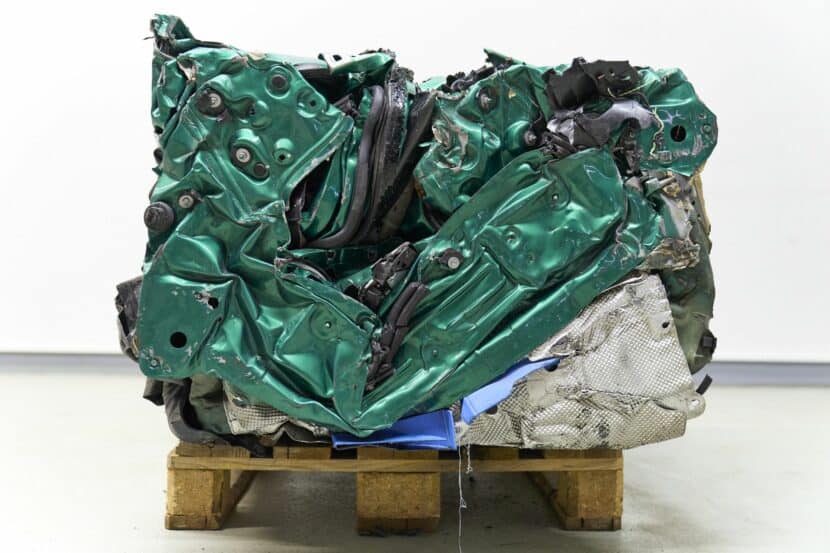
The BMW Group Recycling and Dismantling Center is integral to BMW’s operations. Up to 95% of the original vehicle is recycled in some way, shape, or form. And that’s not something that will change anytime soon. “Each and every vehicle which BMW plans to bring on the road in the coming years needs to be at least 95 percent recyclable,” offers Alexander Schüll, head of the plant. Plastics, textiles, iron, and non-ferrous metals all are easily recycled. Of course, what they’ll become in their next life is anyone’s guess.
It all ties into the circular economy – BMW’s roadmap for the future. They’re trying to make the greenest car possible, and recycling old components is an integral part of that. Another benefit is the ability to evaluate the vehicle’s parts at the end of its test cycle. That makes it easier for BMW to improve the next iteration of whatever technology is dismantled.
Whether these recycled units end up in a new 2 Series or someone else’s refrigerator is somewhat irrelevant. The important part is that BMW is clearly making good on its promise -and legal responsibility – to recycle vehicles. As a reminder, BMW’s goals for 2030 include a severe reduction of greenhouse gas emissions, 7 million electrified vehicles brought to market, lower factory emissions, and the most sustainable supply chain in the market. The BMW Group Recycling and Dismantling Center makes those goals all the more attainable. Even if it isn’t always in the limelight.
Fun Facts
- Approximately 20 cars are dismantled daily
- Capacity: 10,000 vehicles per year
- The dismantling process varies so it can take multiple hours for one car
- Some parts are resold as certified user parts, but never sold directly to an individual
- The dismantling excavator is powered by recovered battery cells
- BMW uses modular harnesses which is tailored to car’s features and options
- The center can achieve a recycling rate of more than 95 percent



